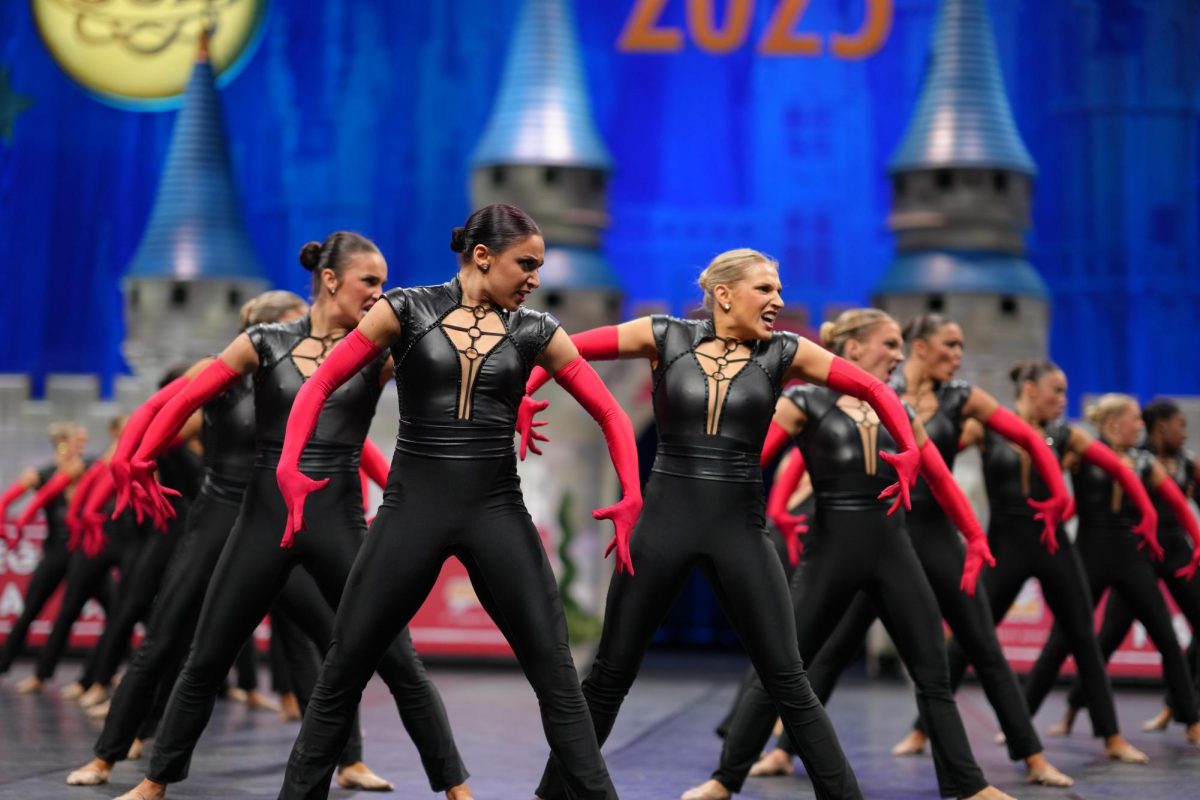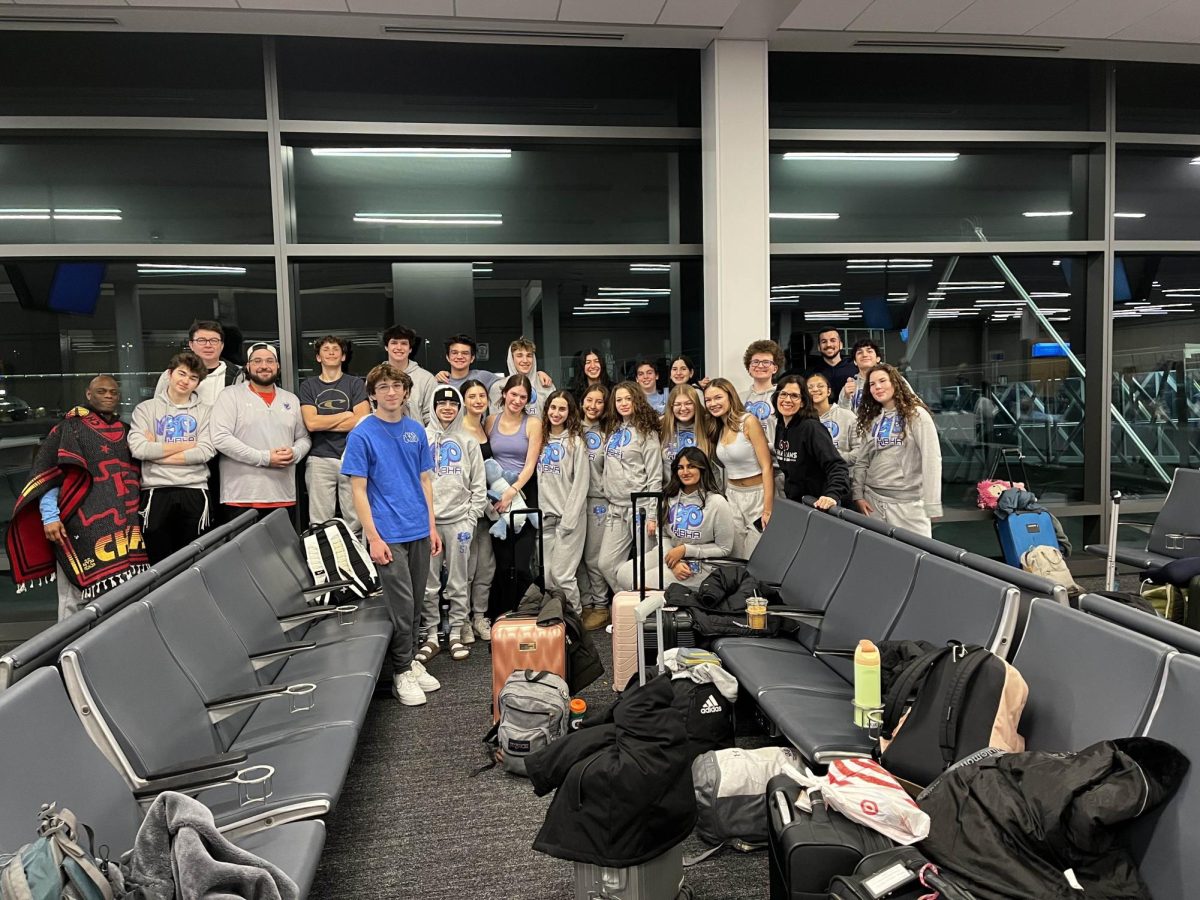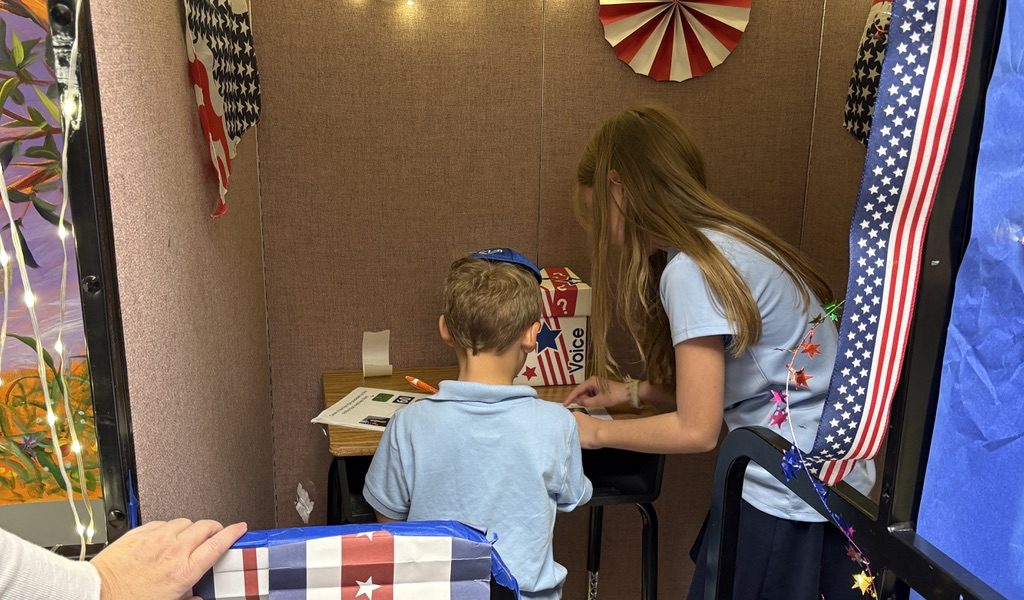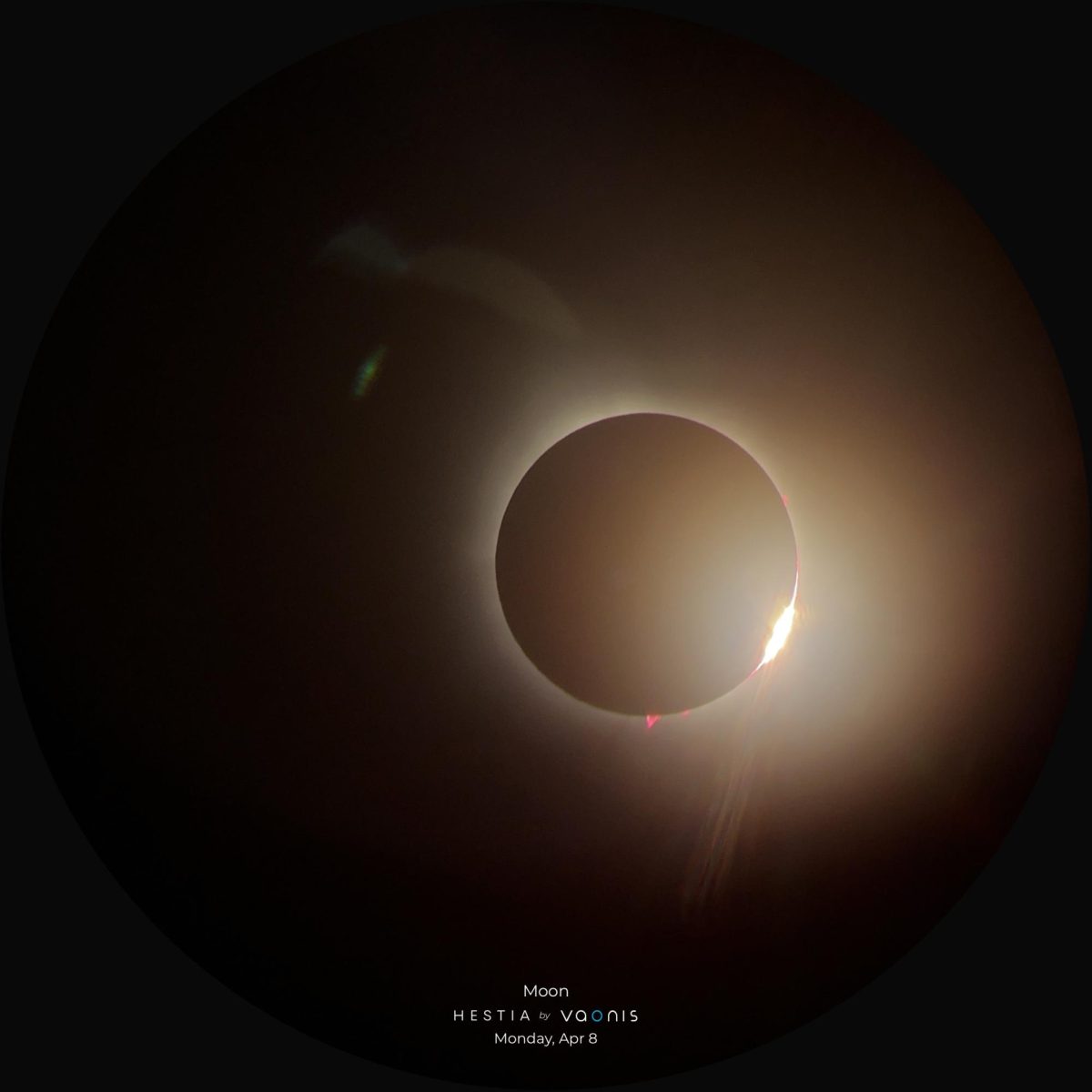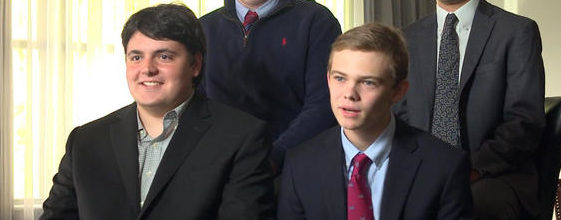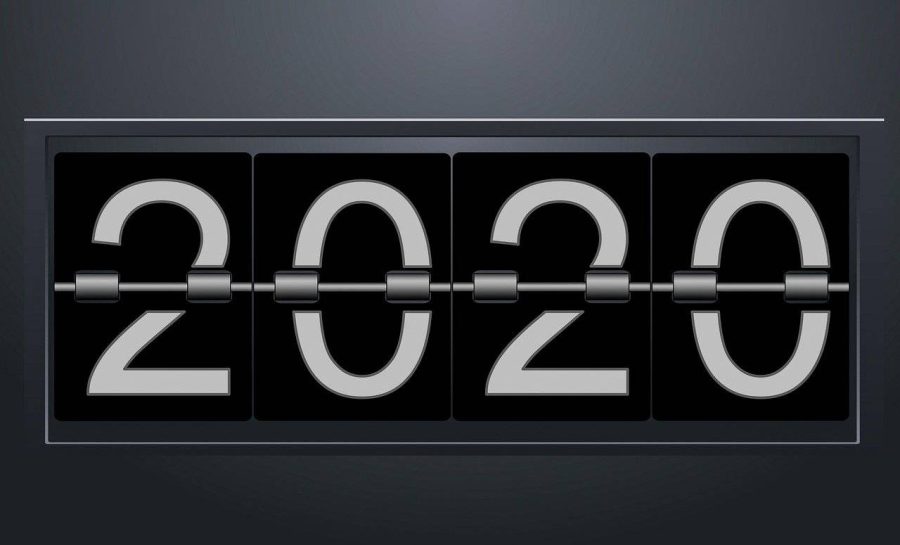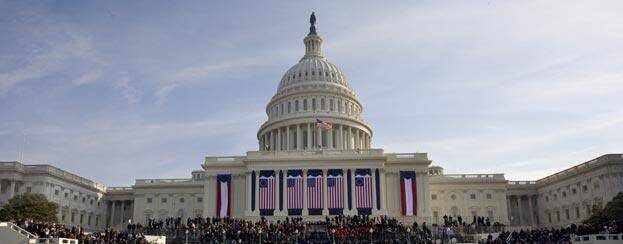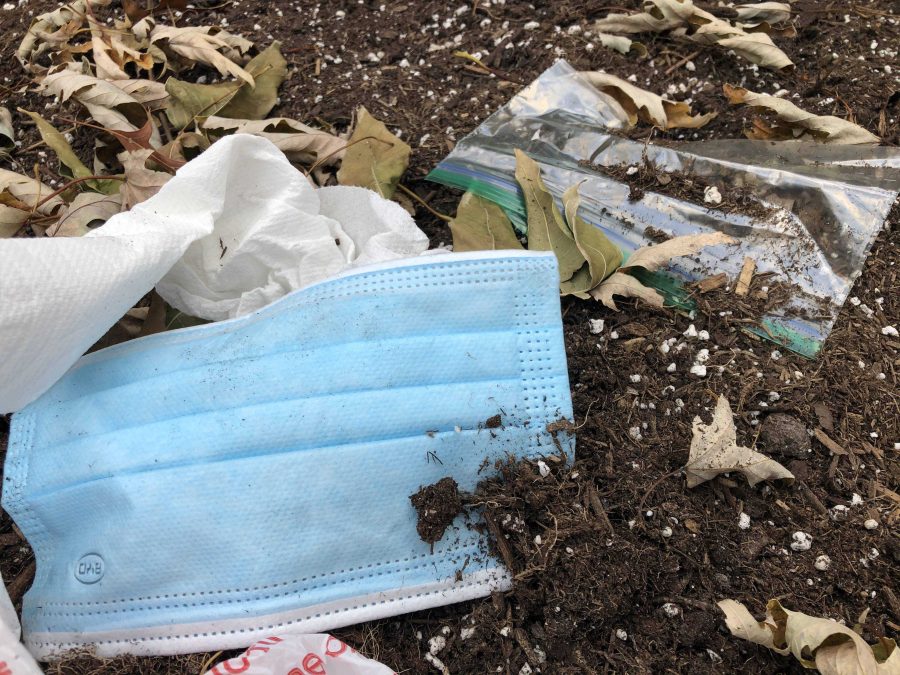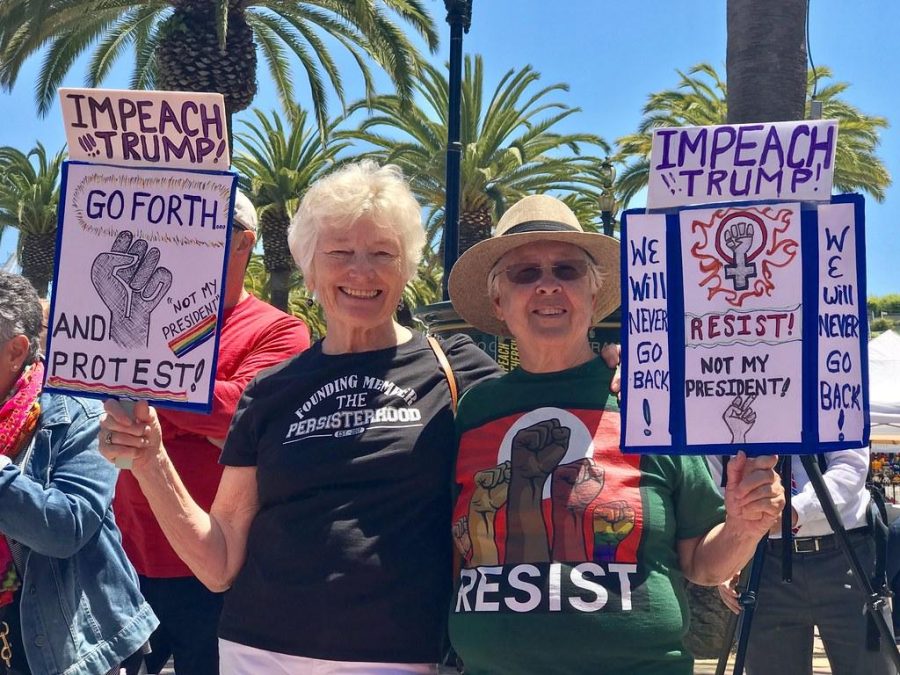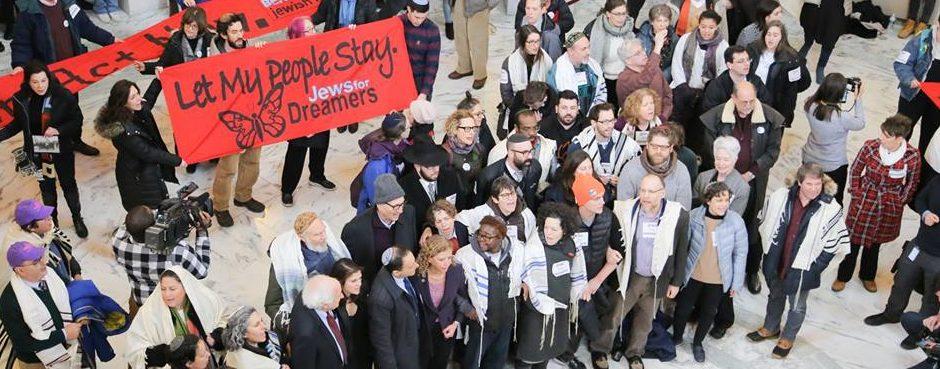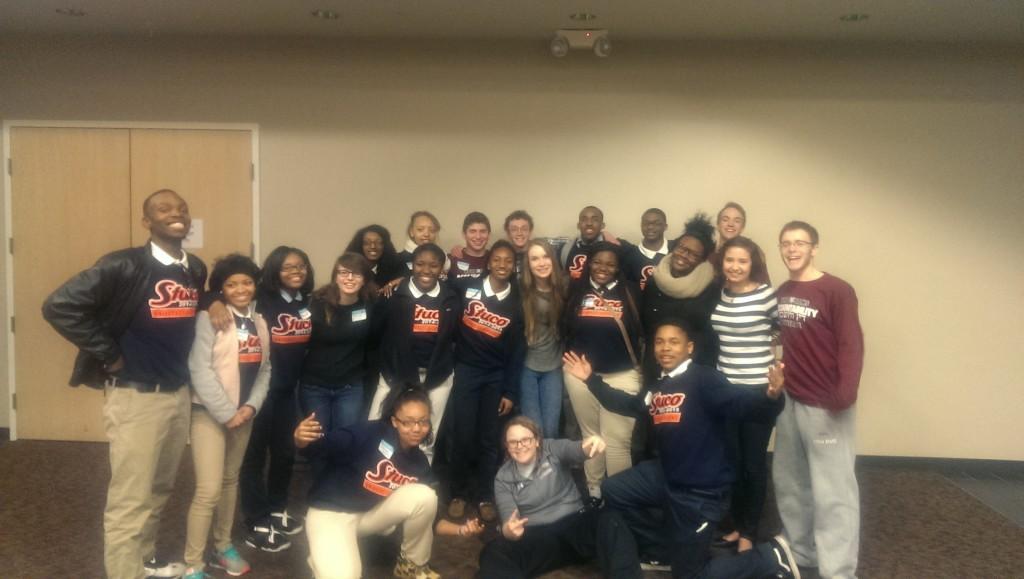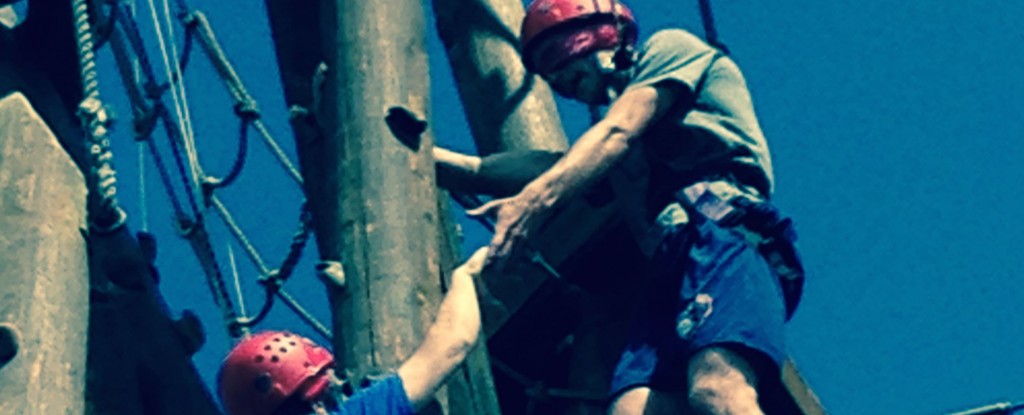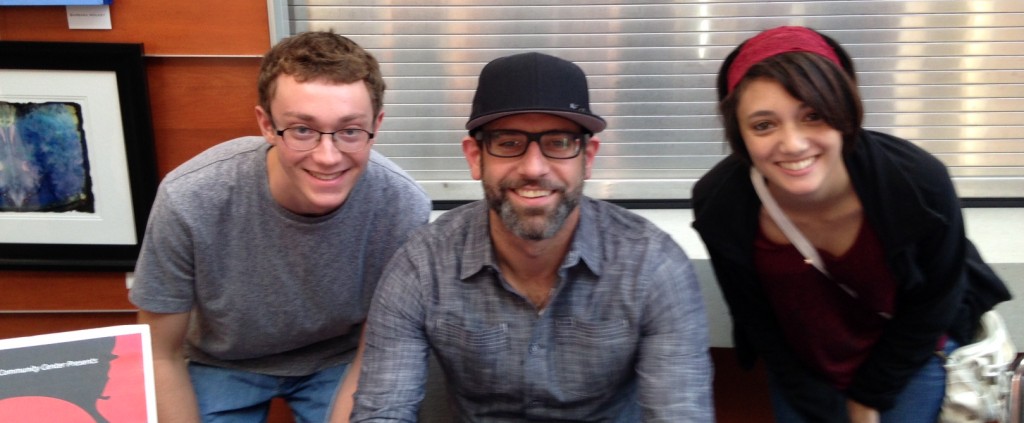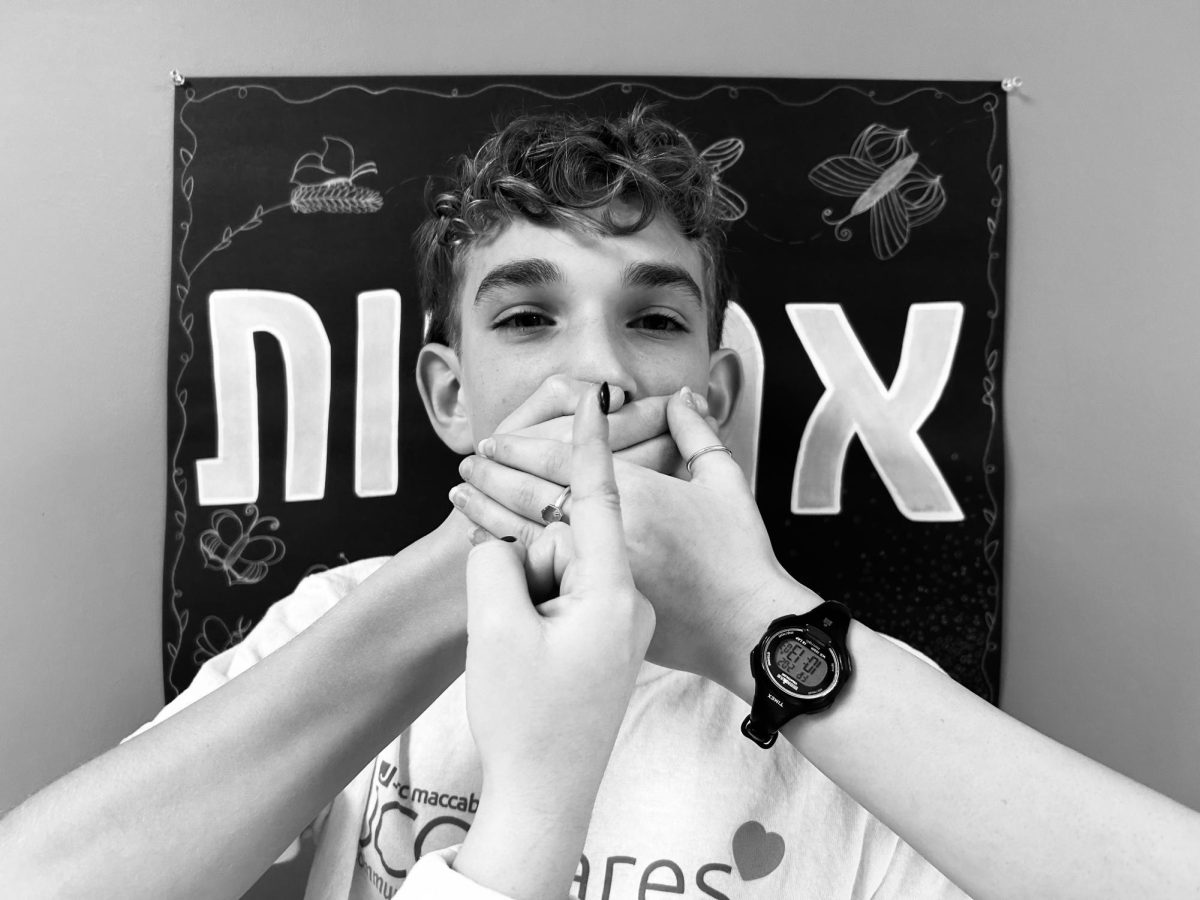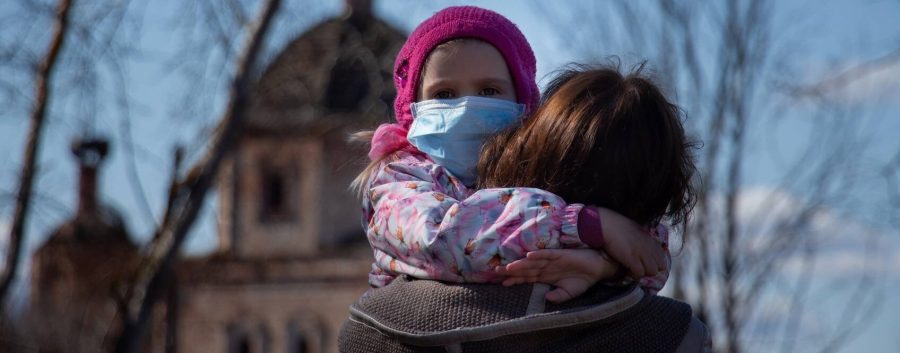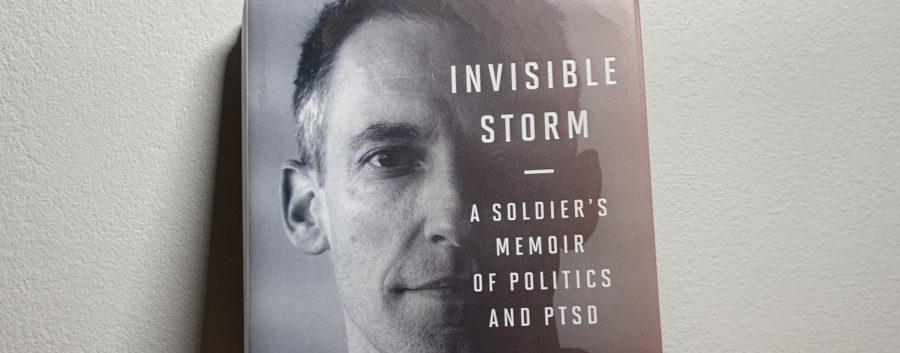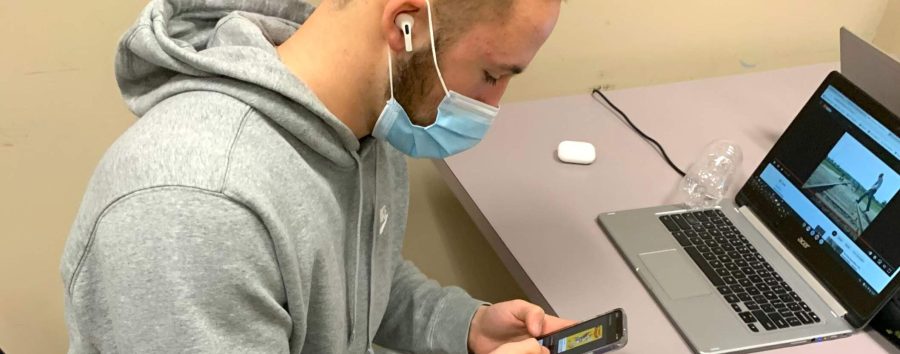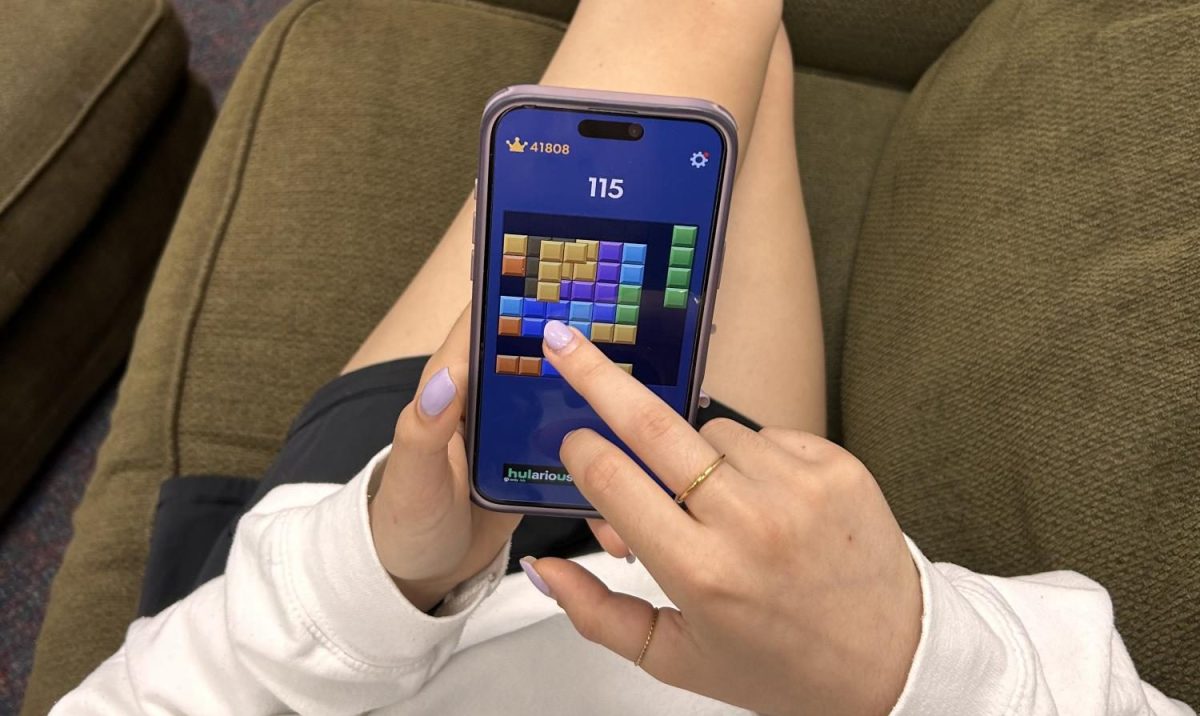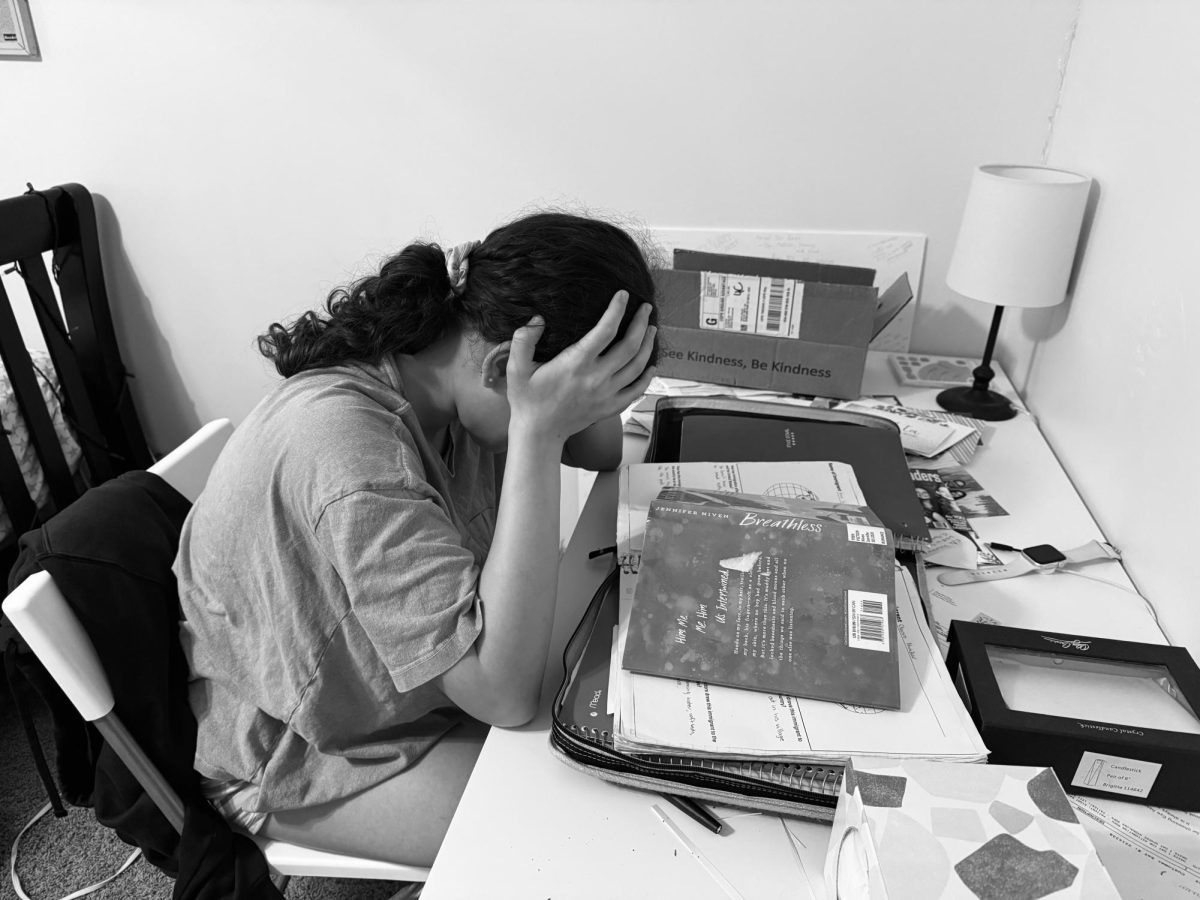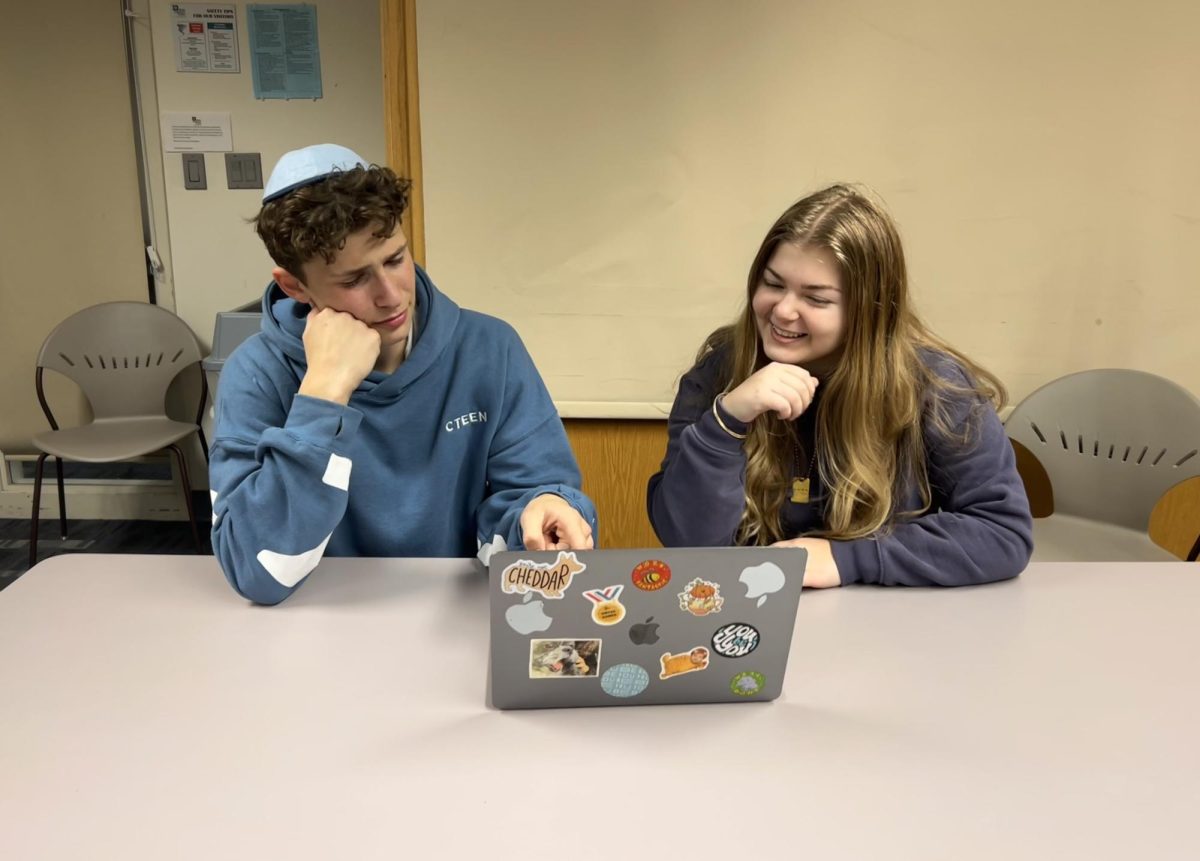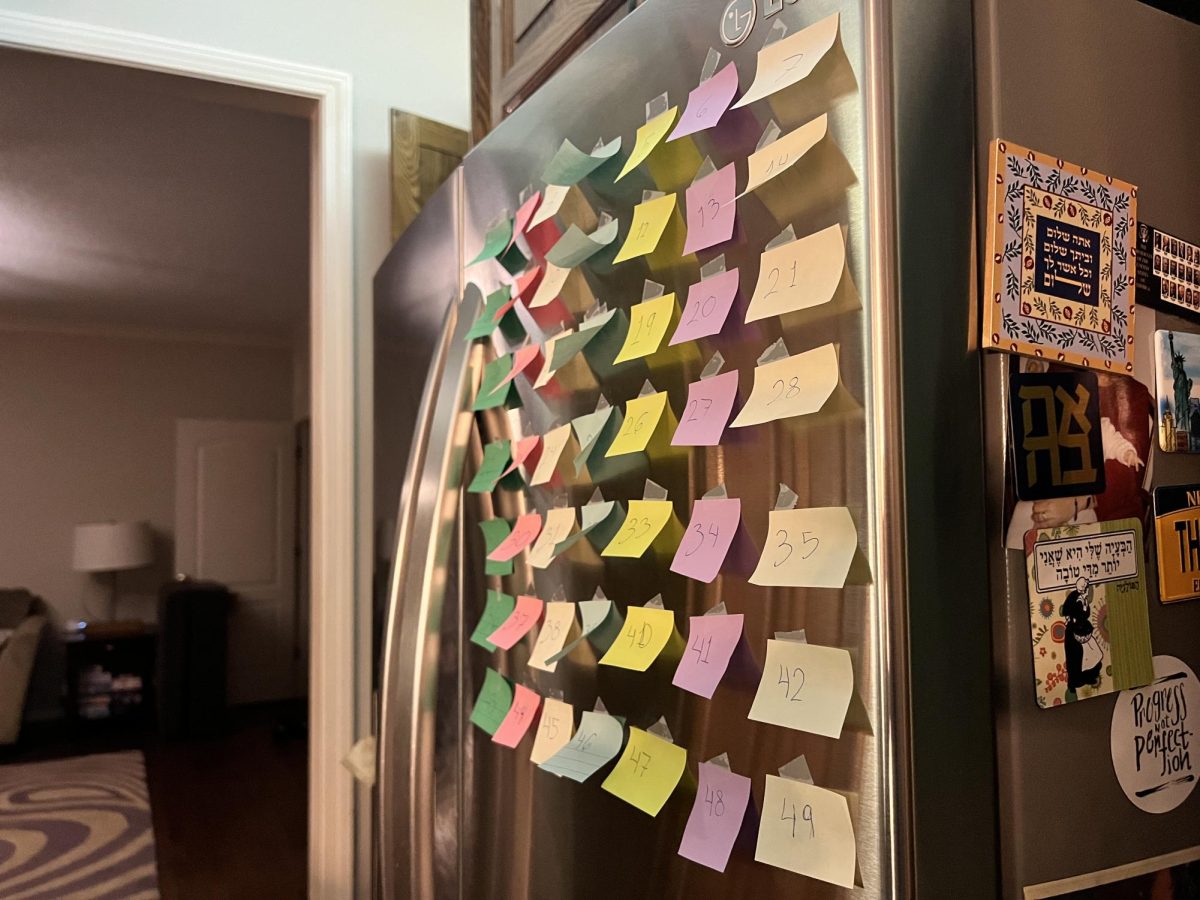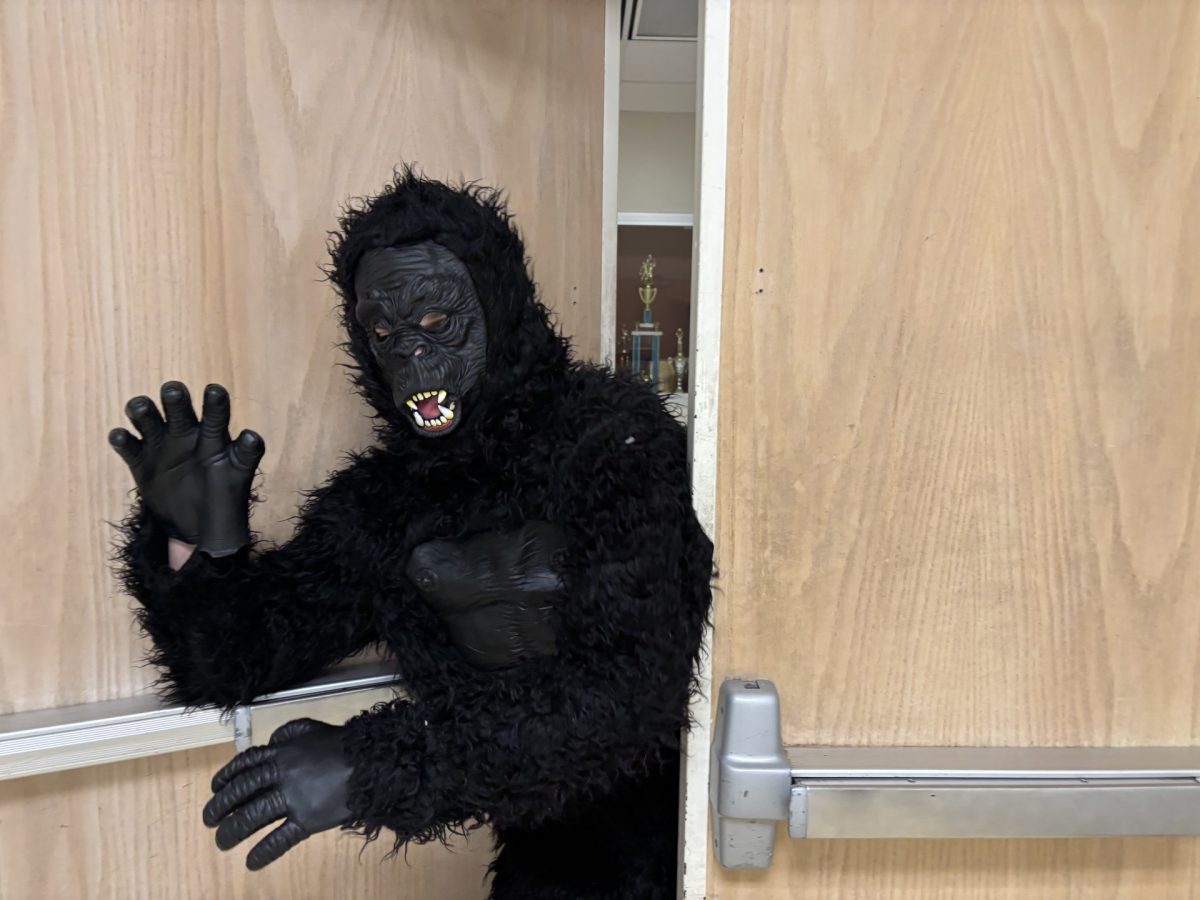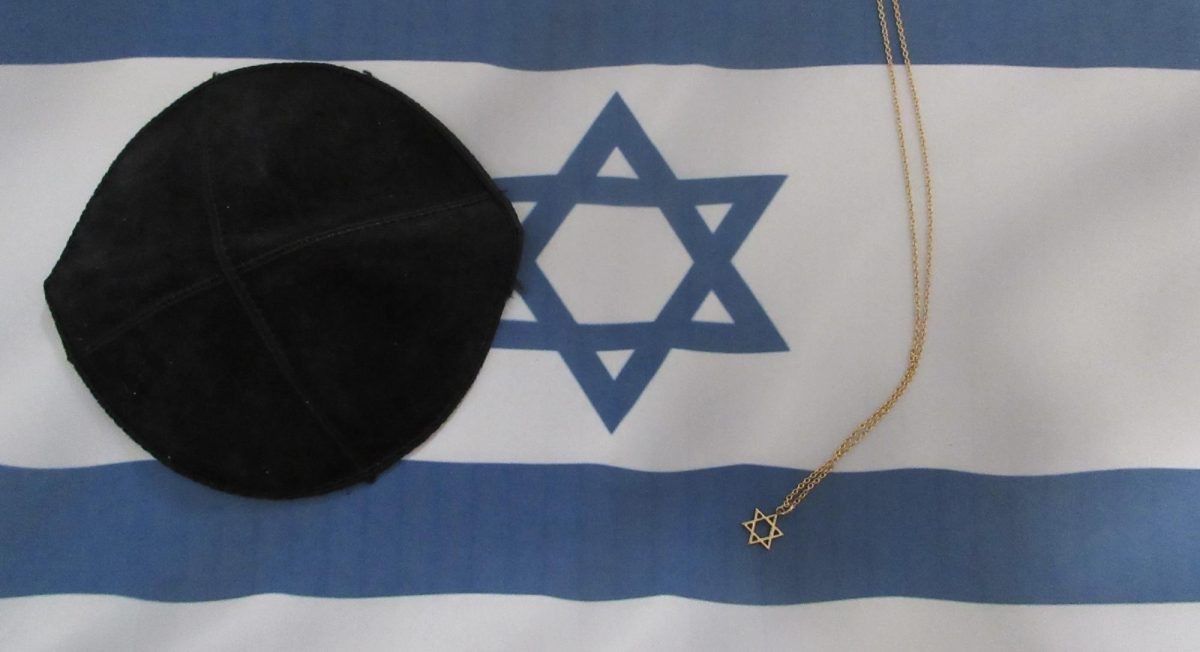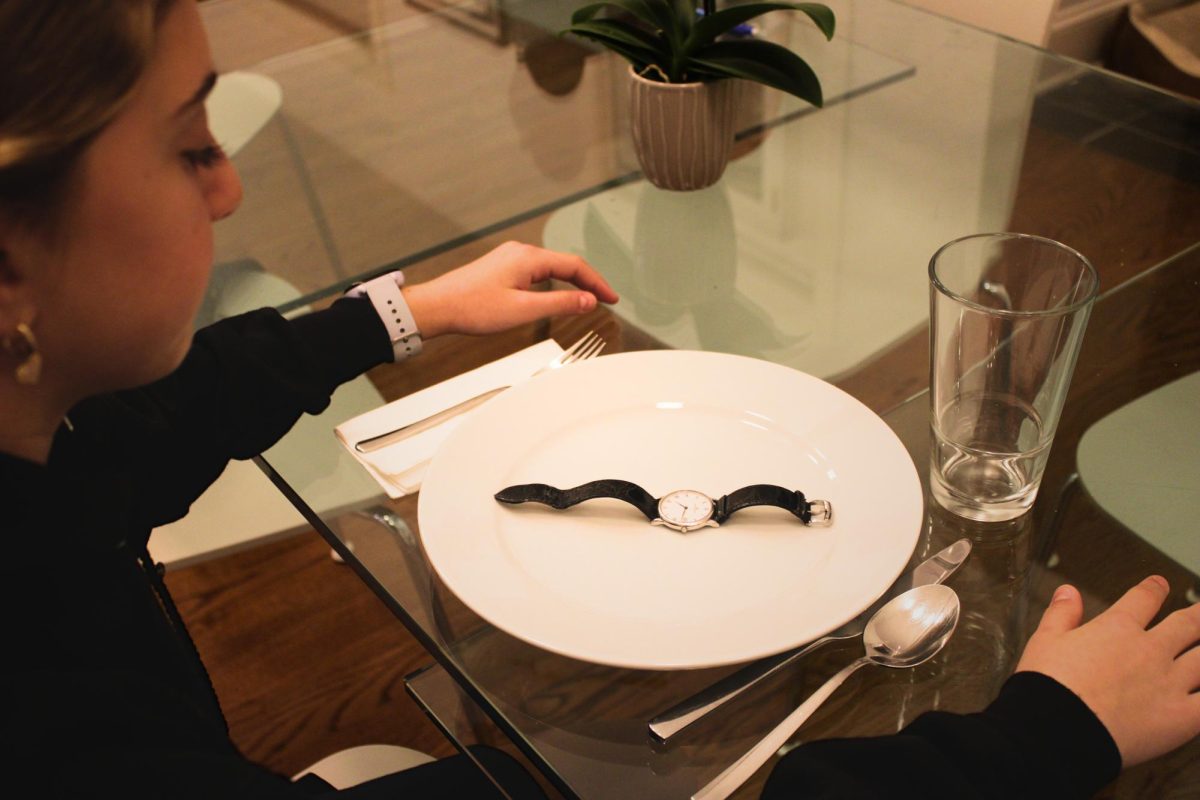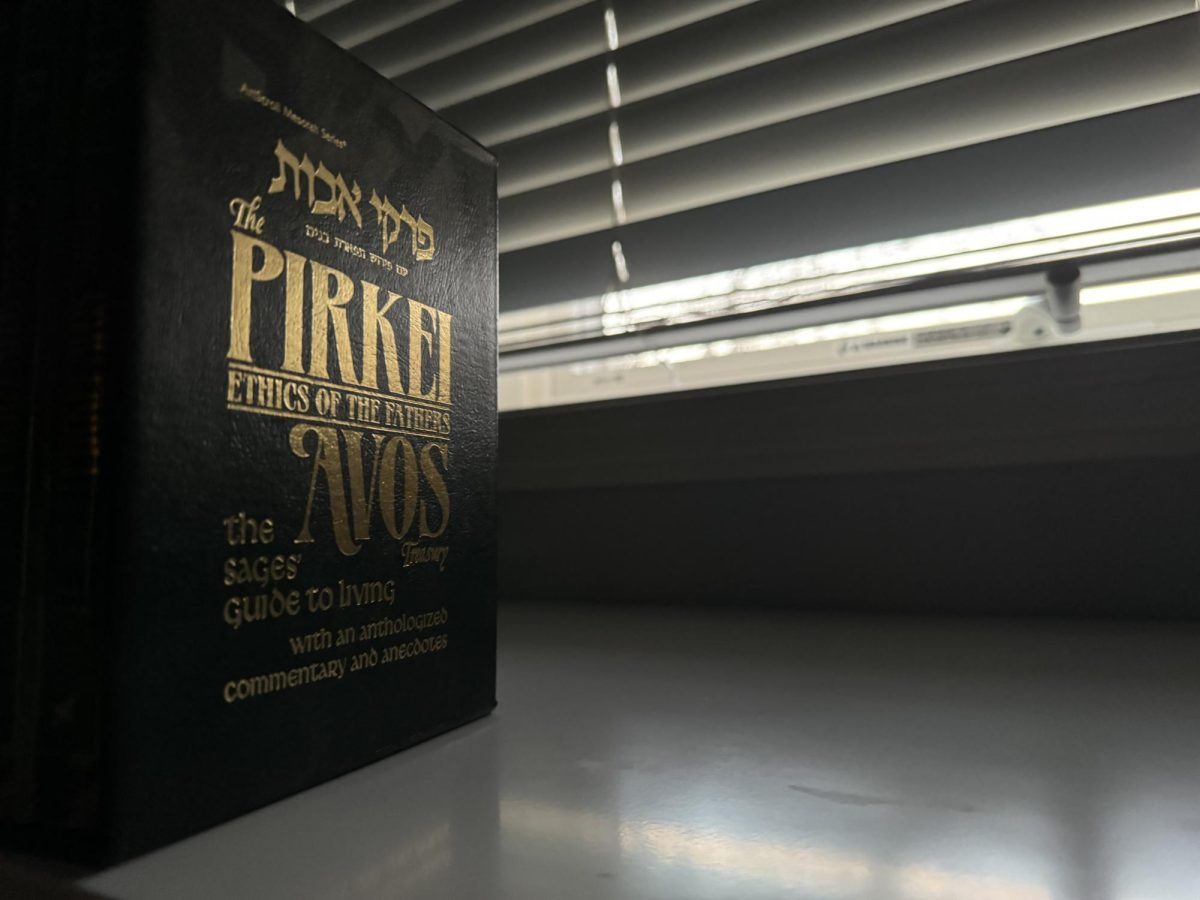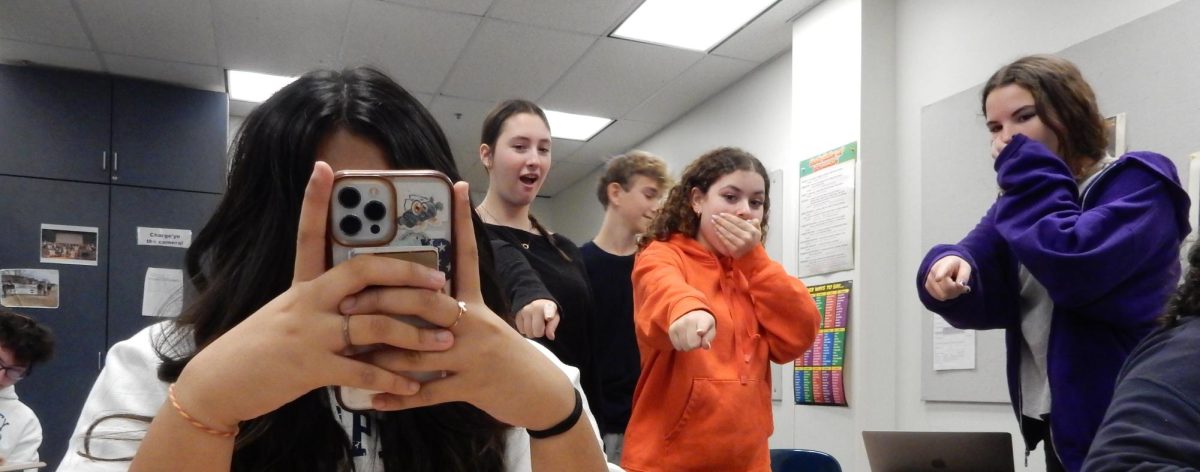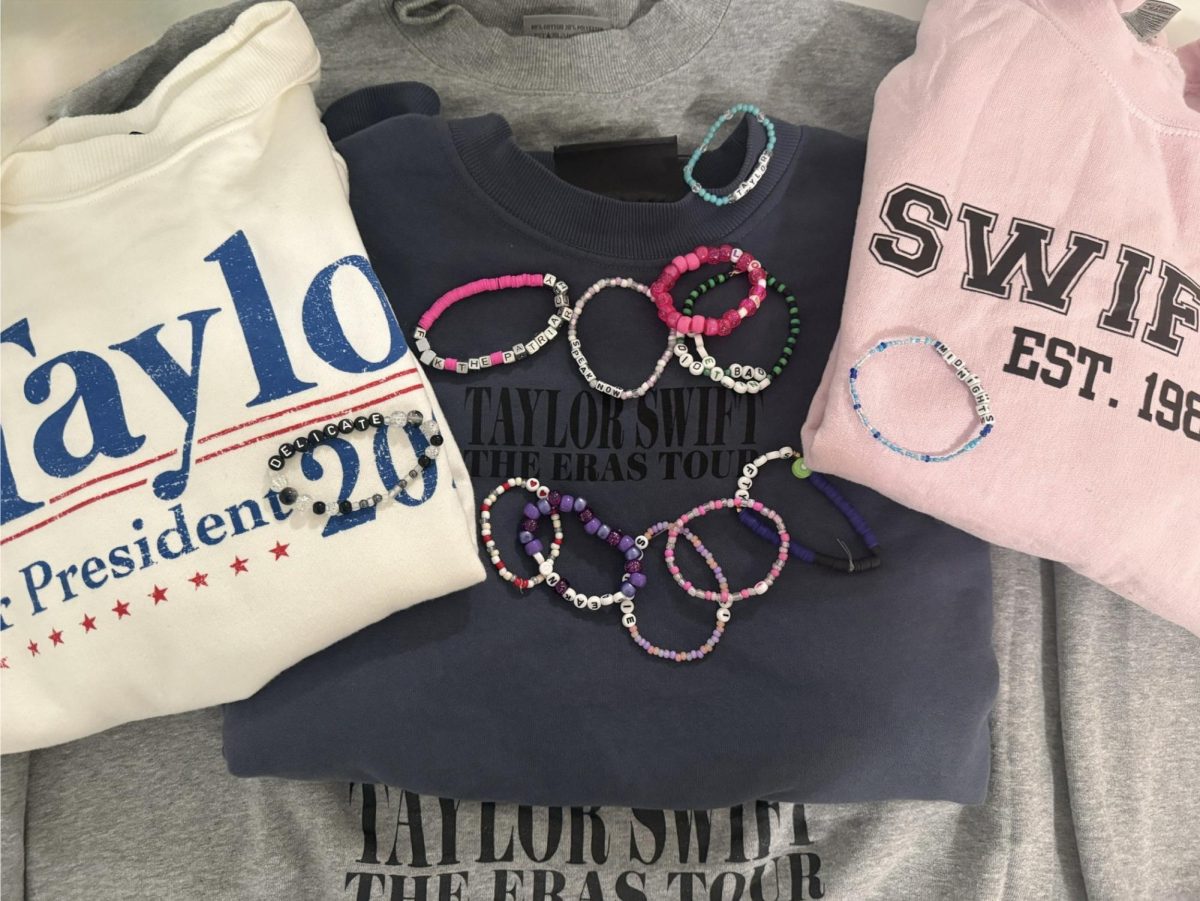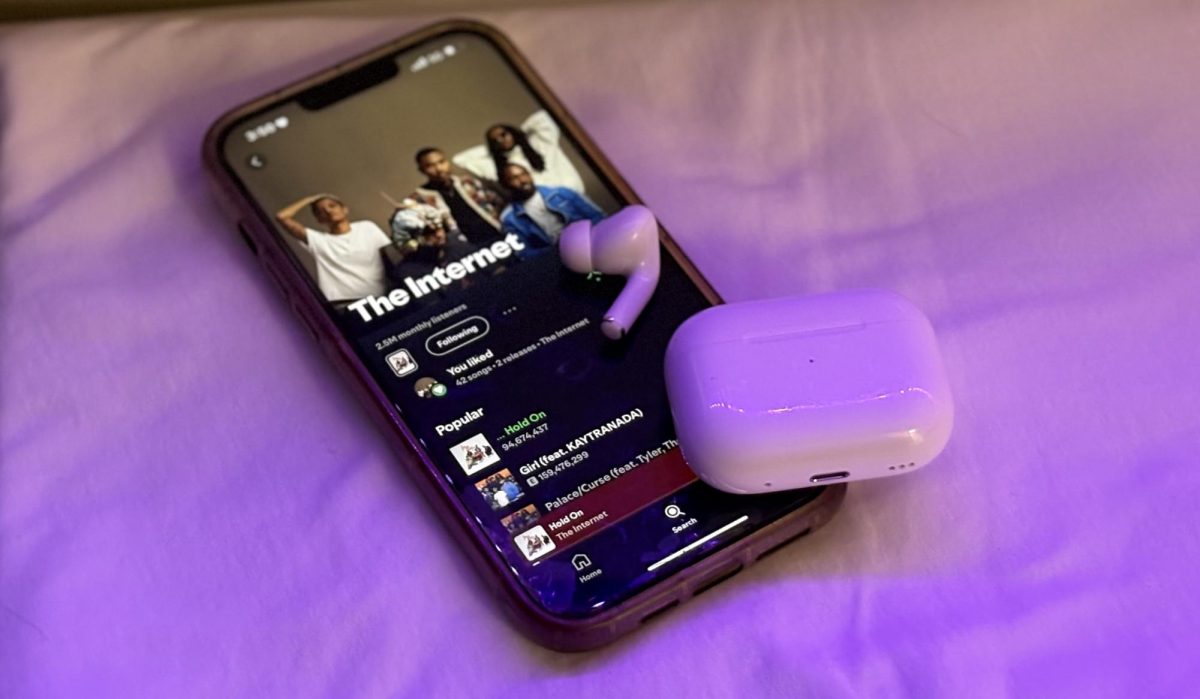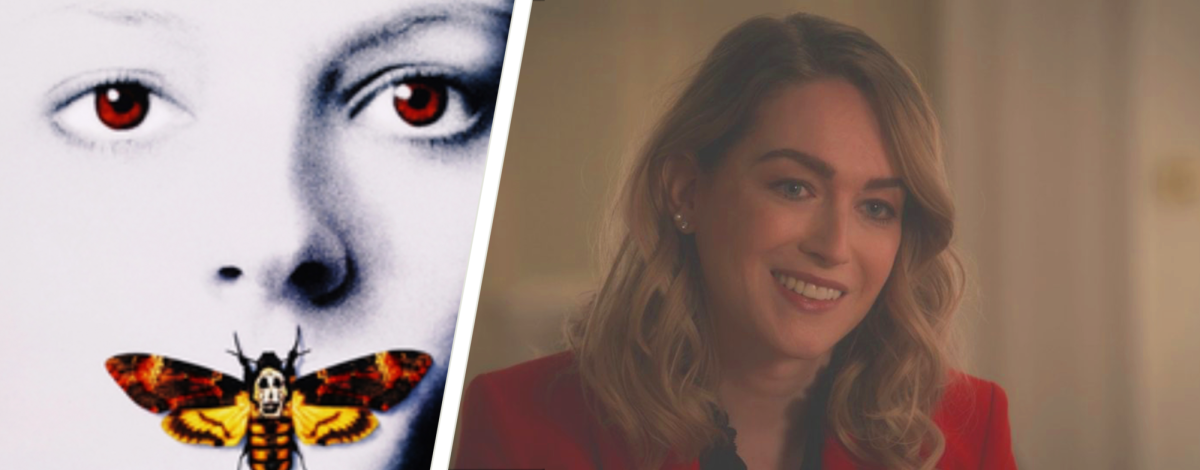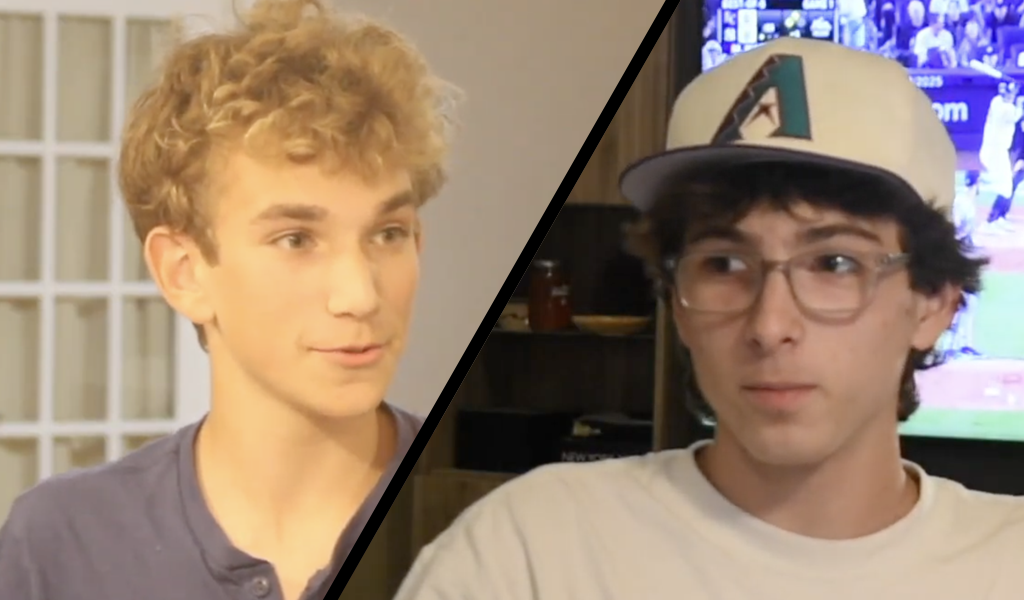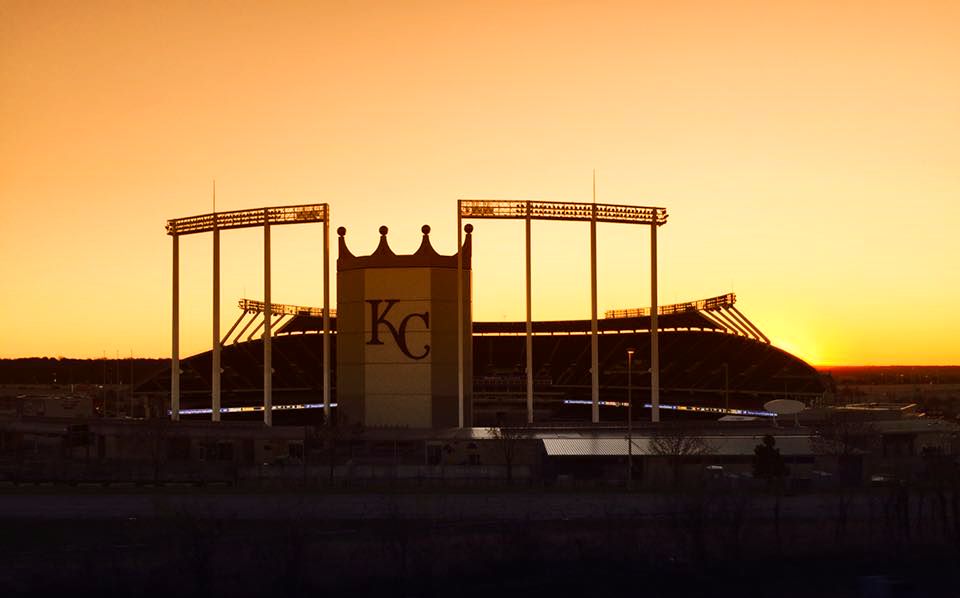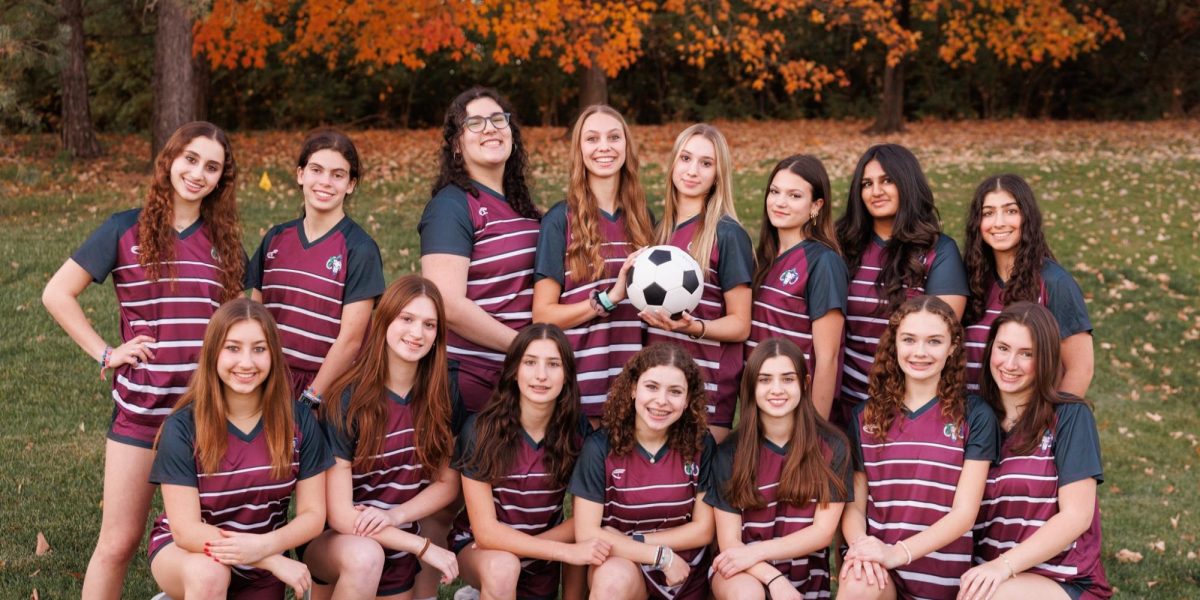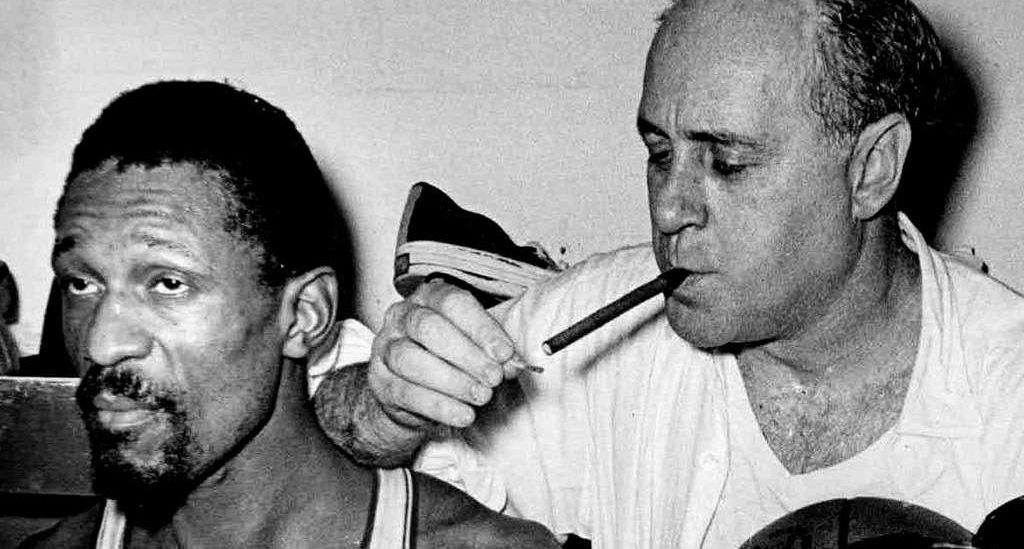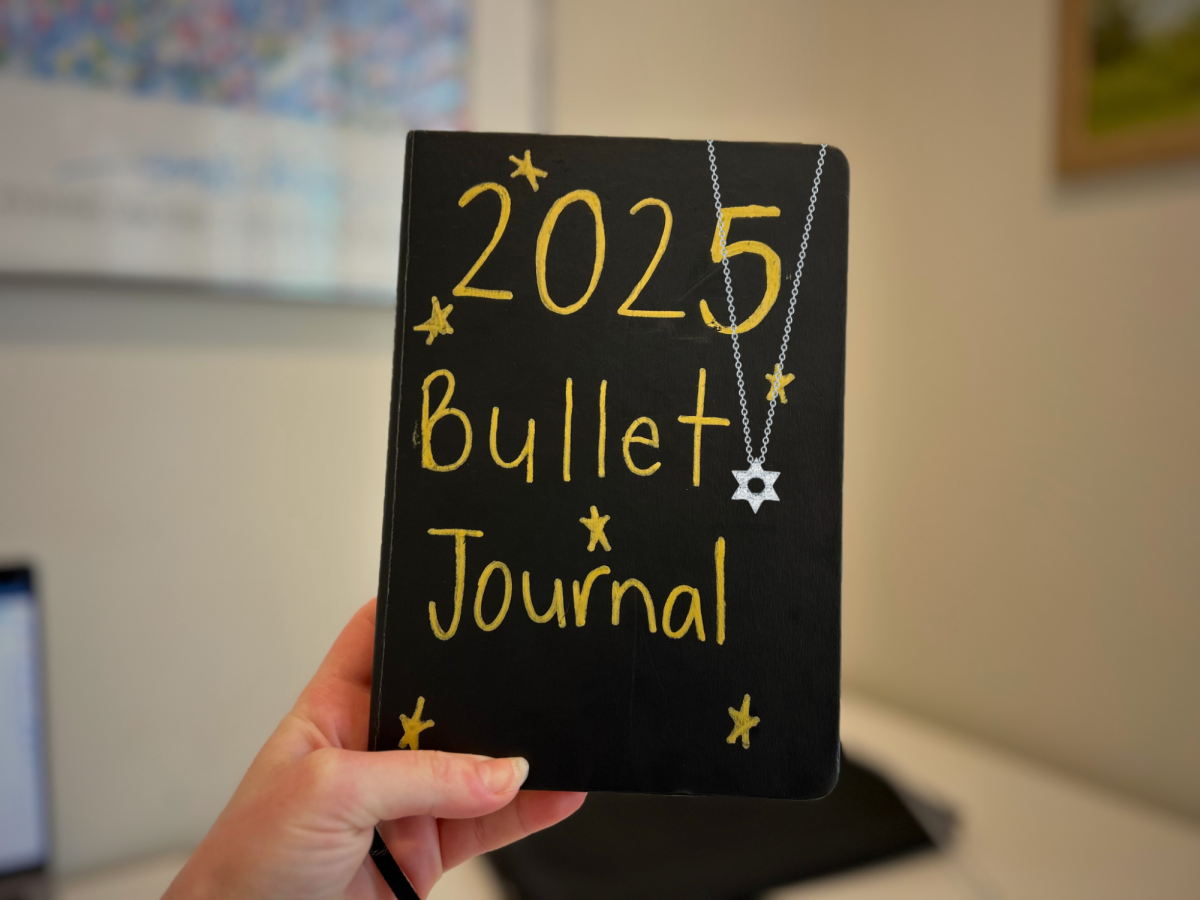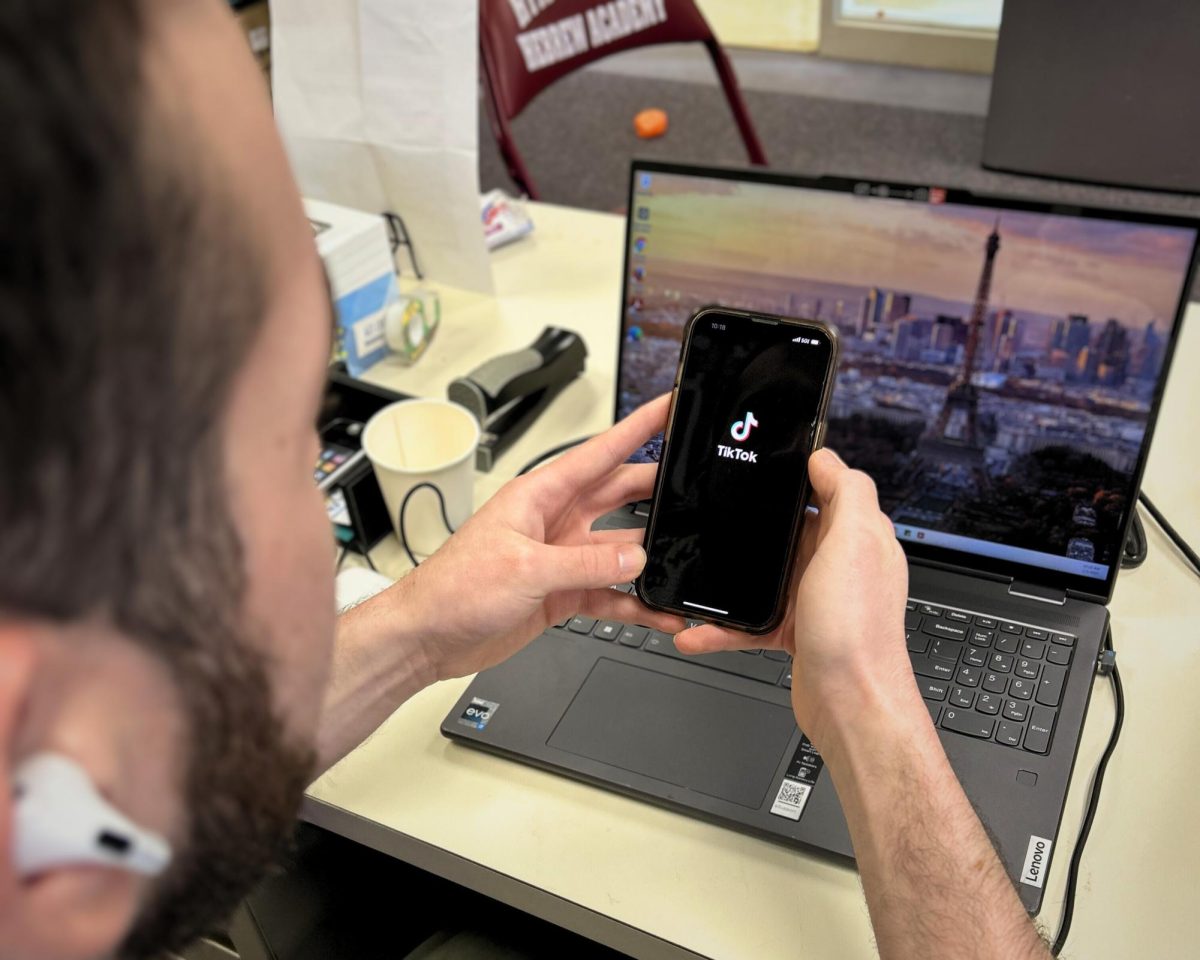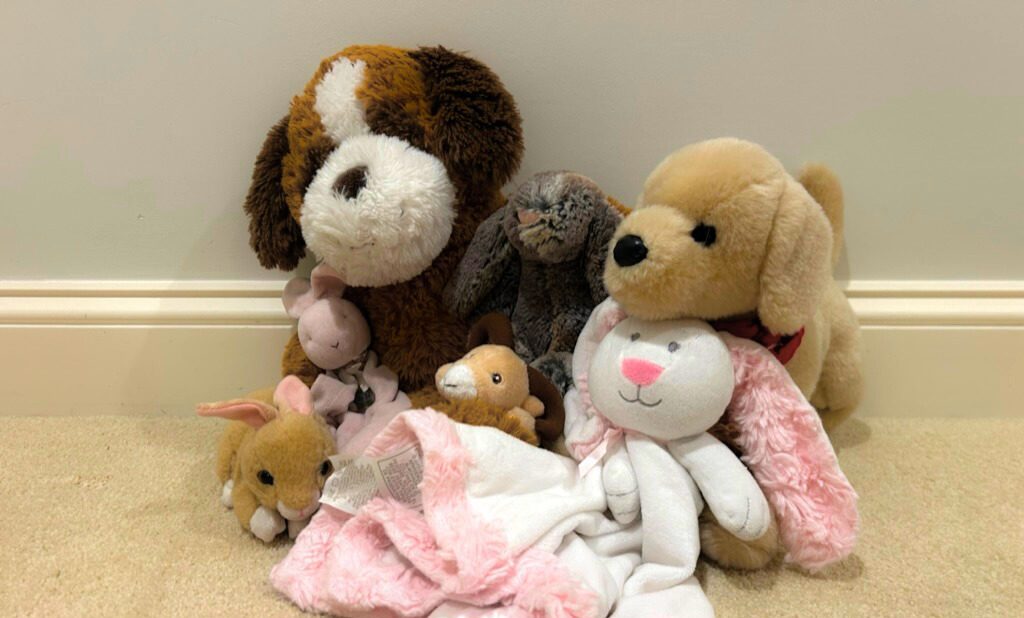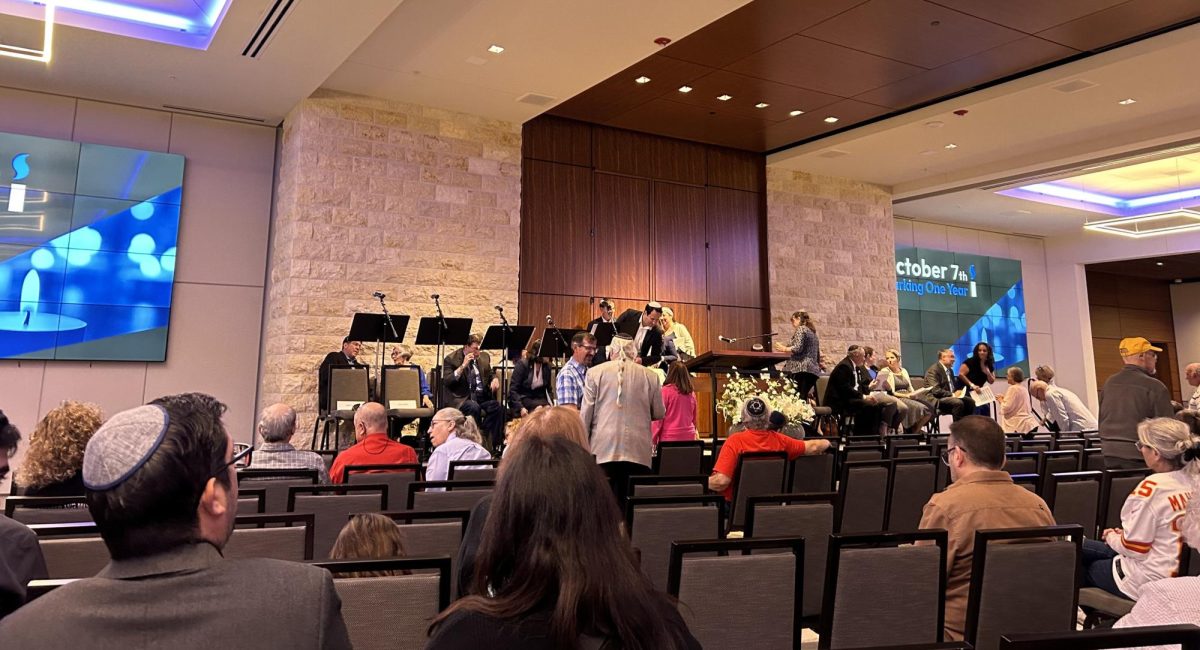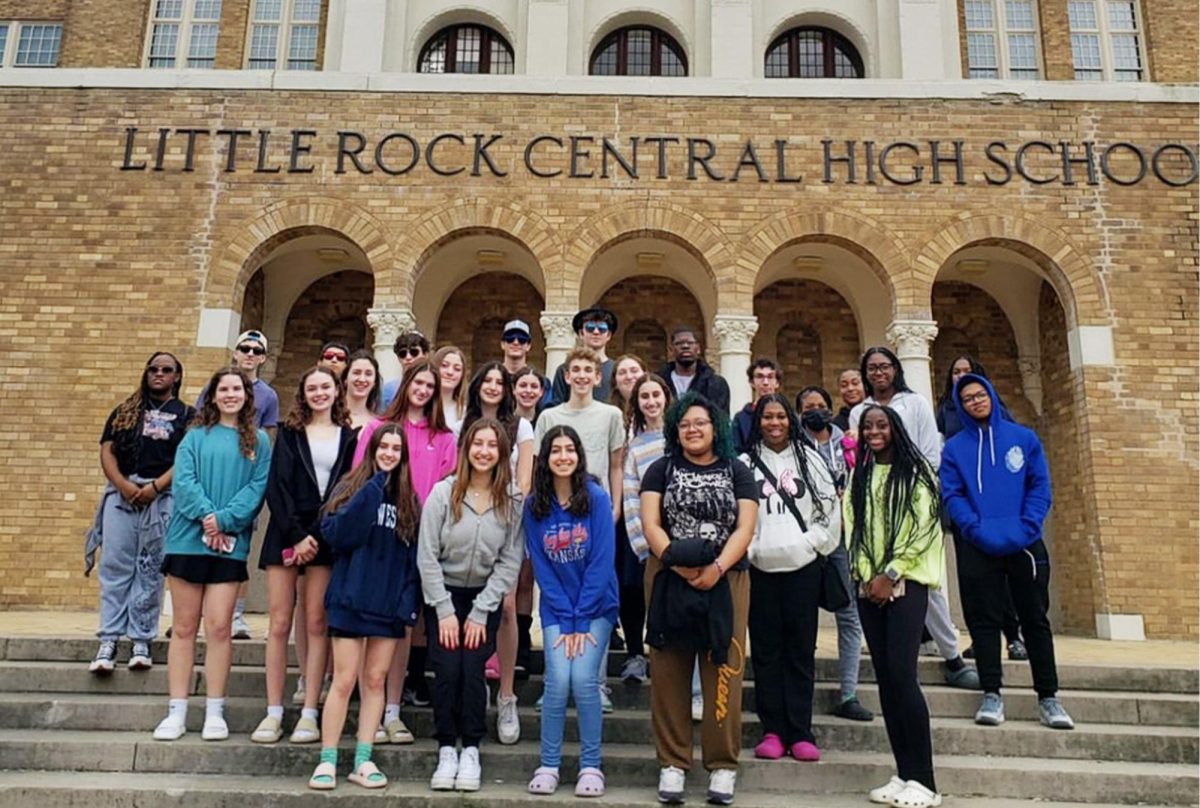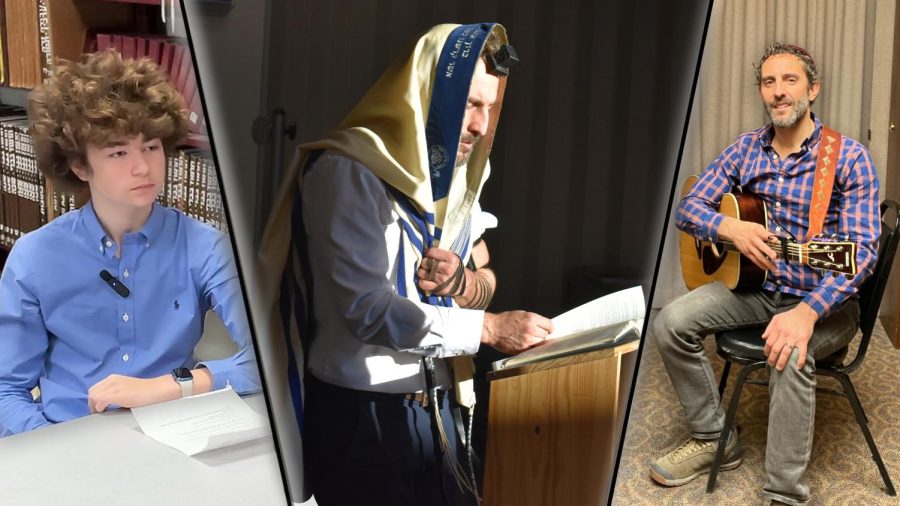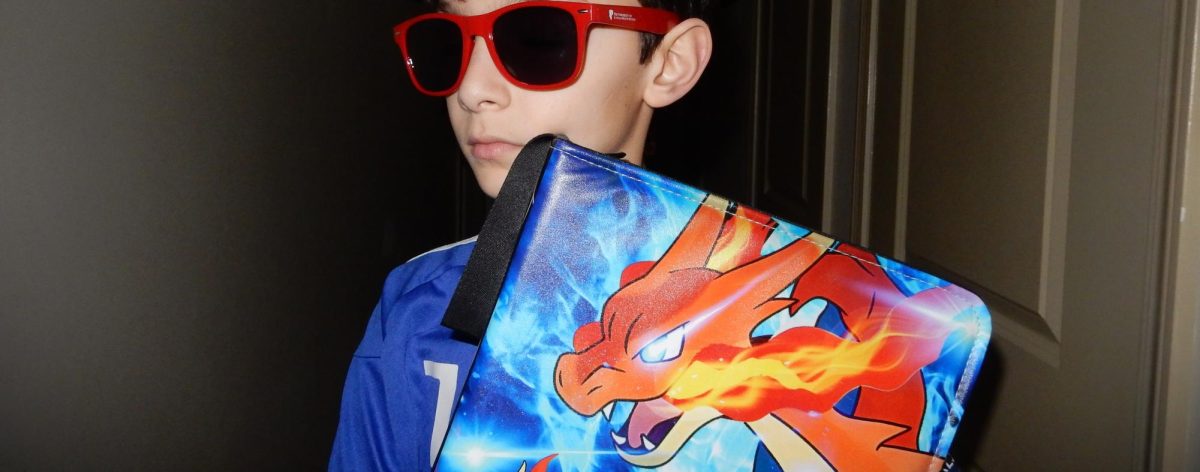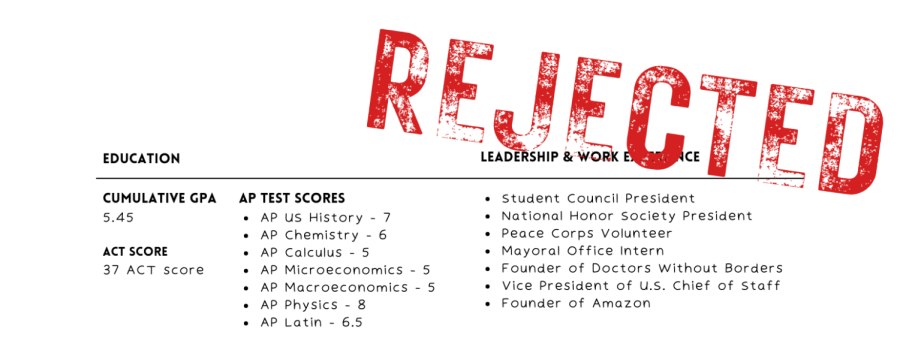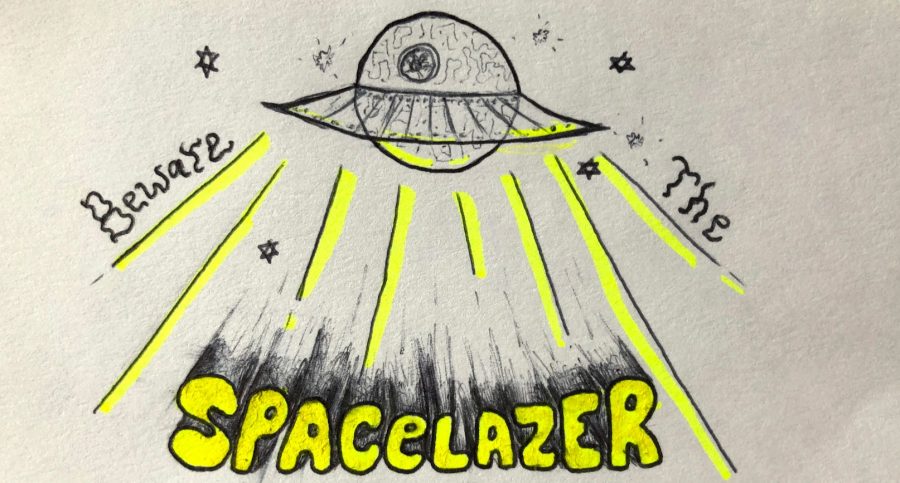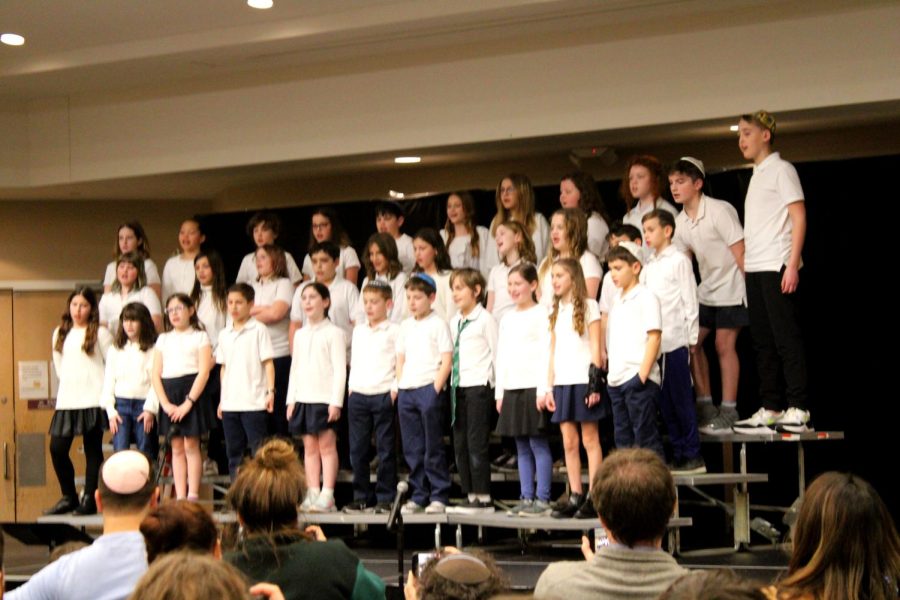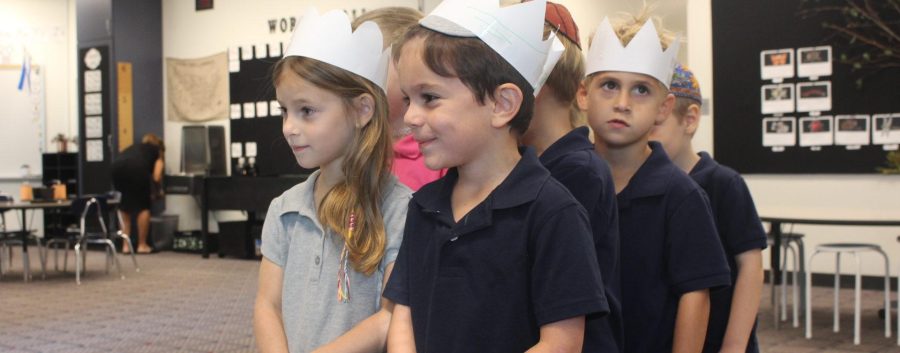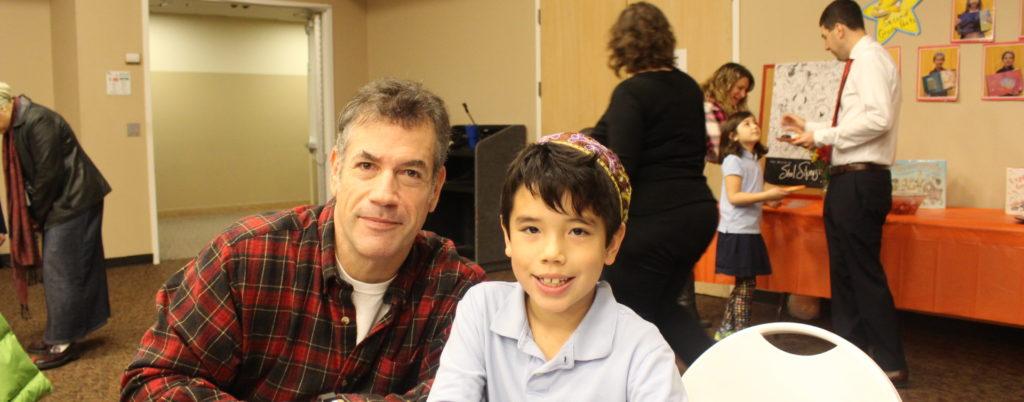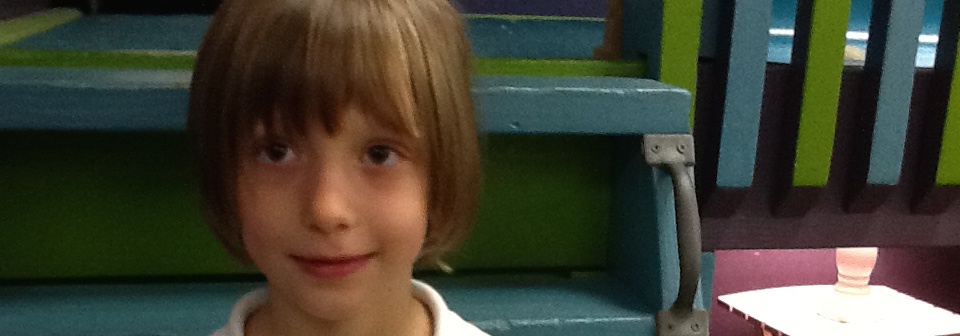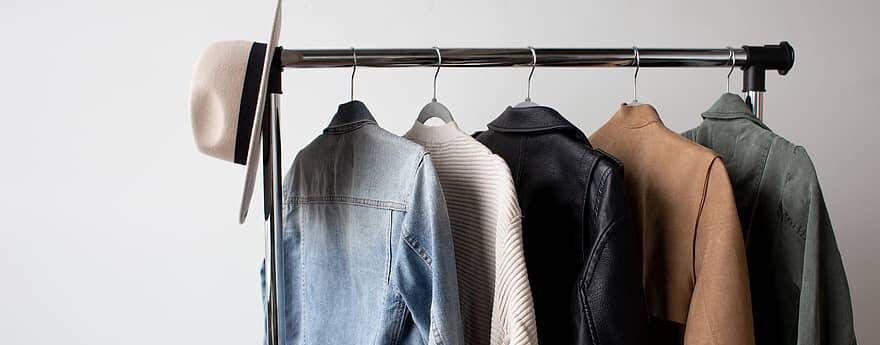Fashion History In A Political Light
November 9, 2020
Slider photo from AnyRGB
Fashion and politics have more to do with each other than you may think. For centuries, the fashionable clothing has reflected society and politics around it. Starting in the 18th Century France, Marie Antoinette set the standards and ideals for how people were to dress. She realized that people would follow her lead, and she began to change her style whenever impoverished people could finally afford it, keeping her in a social clique that proved her status. This is part of what led to France’s downfall and revolution, Antoinette kept buying clothes and baubles to stay ahead of the people of France, causing increased taxes, and the anger of the people, this is part of what led to France’s downfall and revolution. From Antoinette to today, clothing is entwined with the world’s current events. In the past 100 years, clothing has changed more than anyone could imagine, although it has slowed down in recent years.
In the early 1900s, women wore slimming clothing. They layered on corsets, bum rolls, petticoats, and more padding to ensure that they matched society’s standards of how women should look. In the 1920s, some women had had enough. They shortened their hemlines to right below the knee, took away most of the shape in their dresses, wore bold makeup, and cut their hair into short bobs. These women were called “flappers.” In the dictionary, this is defined as “a fashionable young woman intent on enjoying herself and flouting conventional standards of behavior.” These women were breaking out of the societal standards set for them, attempting to prove that they could do anything a man could. Most viewed these flappers as scandalous, since they would sometimes smoke and drink, two very “unladylike” qualities.
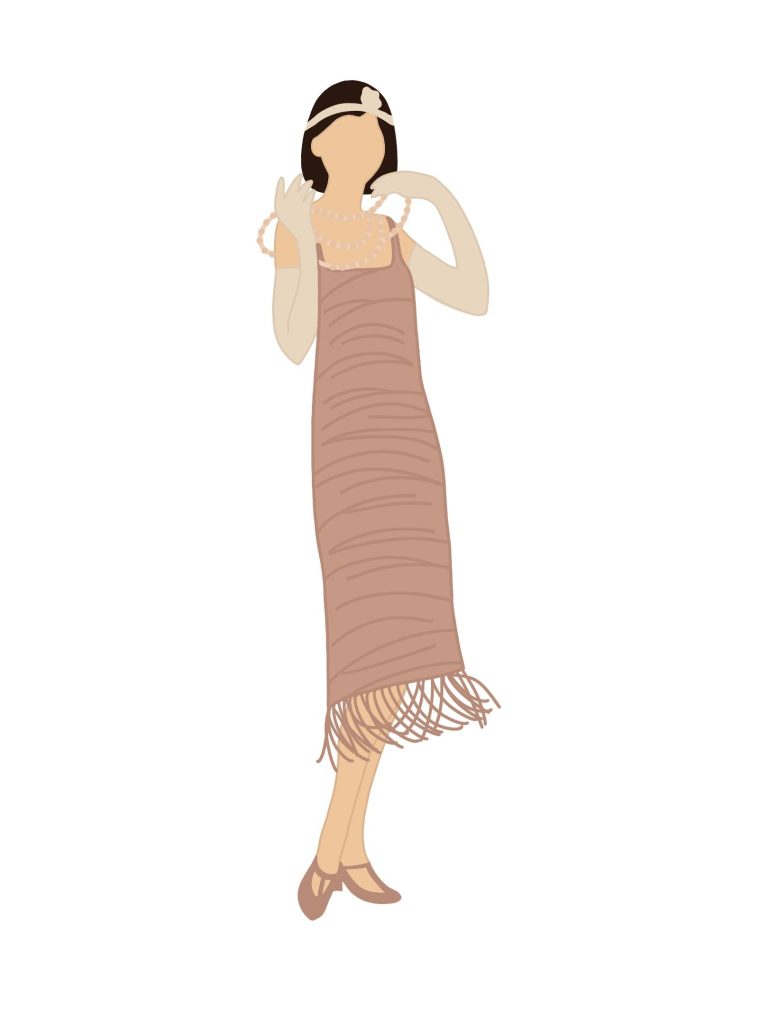
Slowly, the elaborate, beaded styles of the twenties gave way to a more conservative style in the thirties. Due to the rise in Hollywood glamor, women tried to emulate the styles they saw on the big screen. Many common clothes included midi length dresses, puffed sleeves, belted waists, high waisted sailor pants, and large collars. For evening wear many chose a long, backless and sleeveless dress made of a silky material. At the end of the 1930s, nylon stockings were introduced to the market, but a few months later, they were retracted from the market in order to make parachutes for the soldiers fighting in World War II.
As many of the men had left to fight in the war, women had to take over the jobs left behind such as factory work. The women who were once expected to stay home in the kitchen now had to be the “breadwinners” of the house. The style evolved, and blazers were added to everyday wear along with sturdier shoes, stiffer skirts, and pinned hairstyles. Veronica Lake, a movie star and style icon of the time, was told to change her famous hairstyle, the peek-a-boo. It had long flowy waves that covered her right eye, many women copied this style as she began wearing it. This caused many injuries in the factories as women would lean over large machinery and get their hair caught in gears. She pulled all of her hair away from her face in a pinned style that gathered by the back of her neck. Her star status led women to, again, adopt certain trends, and she quickly influenced a widespread change in hairstyle.
In the 1950s, the curls and pinned back styles were kept and a new style was introduced to the public. In Roman Holiday, a movie starring Gregory Peck and Audrey Hepburn, Hepburn’s character, Princess Anne, gets a pixie cut. This inspired many women to do the same. Large skirts with petticoats (an underskirt that fluffed up a skirt) became popular along with pencil skirts in the later years. In this decade, men’s and women’s style diverged even more than they had in previous years. The men leaned towards a casual, functional style, while women found formality and elegance in their clothing. When people think of the perfect housewife, she’s usually depicted in 1950s clothing and makeup, smiling and perfect in every sense. With everything that was happening in the fifties, the major escape was through clothing and a false sense of the perfect American dream.
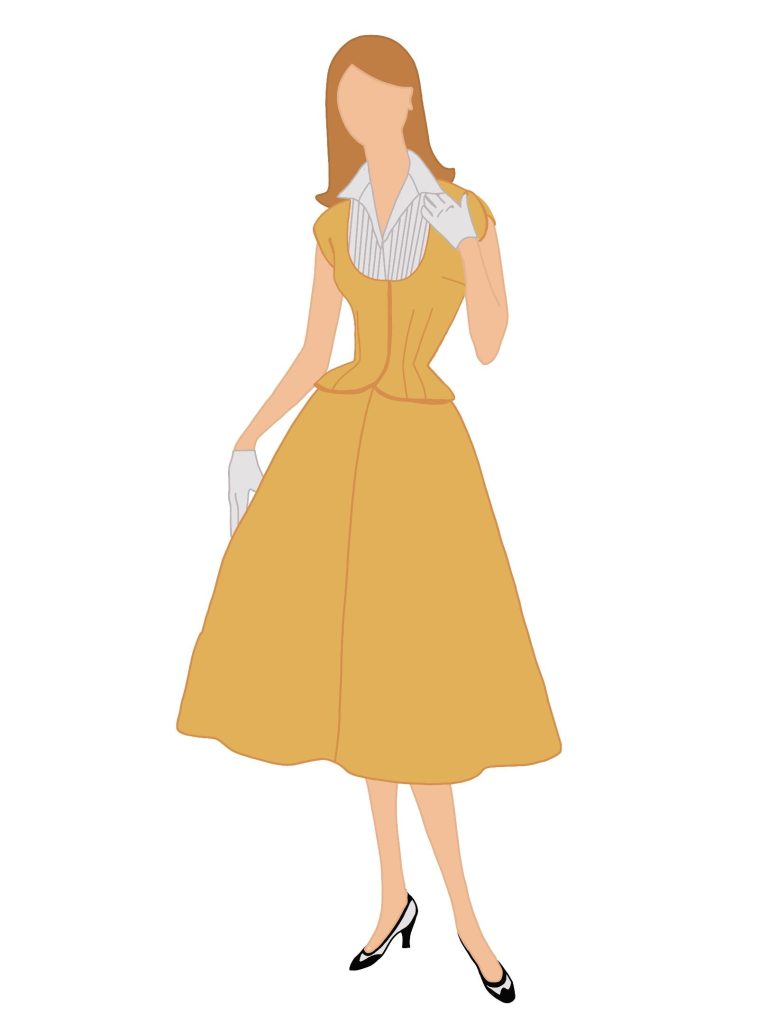
The sixties continued this trend, wearing bright colors to clash with the dark themes of the time. This is the era in which fashion became a way of expressing each person’s own thoughts and ideals. With the Vietnam War and the Civil Rights Movement, there was a split in the social and political communities. This led to the introduction of styles such as the hippies (maxi dresses, no bras, peasant styles, loose-fitting) and elegance (pillbox hats, tweed suits, wool, light-colored dresses). Similar to the 1920s, the early 60s hemlines were raised as the youth embraced rock and roll and broke away from the more muted and modest fashion of the generation before them. Surprisingly, the hemlines were once again lowered to the floor as the hippie movement took hold in the 60s. The hippie movement was about freedom of self and others, and this was exemplified by. They would wear loose-fitting clothing and women would often go without bras. Clothing became less about gender and more about self-expression.
In the 70s, designers took cues from the hippie movement and incorporated the organic style into their newest designs. As the disco movement moved into the spotlight, evening and club clothing became much more glamorous. The fashion became fitted once again and embellishments entered the scene. Sequins and feathers jazzed up outfits and caught the light of the disco balls, making people literally shine. As women’s freedom was expanding, so was their fashion. Men’s wear was becoming women’s wear as well. Pantsuits and pants were worn in the workplace and in casual settings more often than ever before. Bold patterns became a staple in everyday life. The wrap dress was introduced in the 70s, bringing elegance and ease back into wardrobes and style while still being freeing.
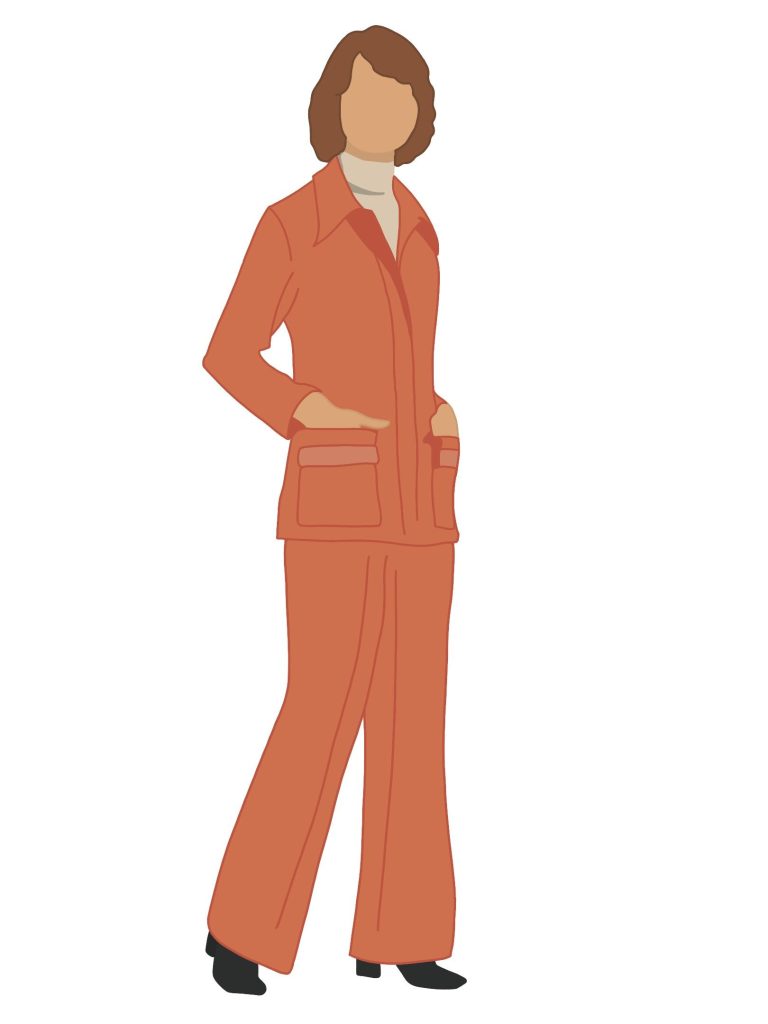
The 1980s swung back to being conservative, and because of the women’s movement in the 70s, women gained powerful jobs in the workplace. They wore similar shapes to men’s fashion to give themselves authority in hopes of being taken seriously by their male co-workers. To counter the disco and conservative, and liberal movements the punk style erupted from the youth. The style was simplistic and became unisex as a backlash against the showy fashion of the disco scene in the 70s. MTV and music videos had a huge impact on the way the youth dressed. They would take style cues from people like Madonna, Cindi Lauper, and Michael Jackson.
The 1990s took a sharp turn from the loud style of the 80s, becoming minimalist and geometric. It was the end of a century and people became nostalgic, looking back on the past years and putting twists to make the clothes theirs. For example, plaid, turtlenecks, leather bomber jackets, and miniskirts made comebacks. They made styles their own by adding chokers, butterfly clips, crop tops, and tightly fitting dresses. There was an individualistic attitude coupled with steps made in equality. People had many more styles to choose from than in the past, and that showed in the way people chose to dress. From grunge to street style, people were able to express themselves however they wanted.
Women were not as afraid to embrace their femininity in the 2000s, leading them to almost overcompensate. Crop tops became shorter, skirts became tinier, and pants lowered on the waists to the point where it was considered the height of fashion if your underwear showed. In the workplace, fashion became less formal with the pairing of colorful and patterned shirts with pantsuits or a blazer with jeans. By the late 2000s, fashion was influenced by blogs and the rise of social media. Fashion became less extreme; the shirts got longer, the pants got higher on waists, and people stopped wearing excessive accessories.
By the 2010s, the hipster and athletic styles became prominent in everyday wear. Subdued colors came back and monochromatic ensembles took to the streets. Logos were featured on everything, from bags to shoes and hats. The population began to embrace their different cultures through fashion. They would wear colors, patterns, and traditional clothing of their ethnicity. People also became more aware of where their clothing was coming from.
Today, people are beginning to understand that their clothing is likely coming from sweatshops and factories where the workers are overworked and underpaid. Although many people do understand this, and many want to break the cycle, fast fashion has made it nearly impossible. In the beginning of the previous century, people would likely have just a few outfits as they were specially made for them and only them. With the introduction of fast fashion, we have become accustomed to having our closets full and the ability to replace that clothing quickly. Many people do not have the time, money, skills, or desire to make their own clothing to break that cycle, but people have made steps forward. Thrift shopping has become popular and instead of throwing away old clothing, people are beginning to repurpose or resell. With the implementation of homemade clothing stores during COVID-19, people have more access to well-made pieces that will remain in their closets much longer than fast fashion would.
Now we are in 2020, and the fashion is going to be interesting. People are wearing sweatpants with fancy tops to appear as if they got dressed over virtual meetings. Masks have been transformed from just a necessity/common courtesy to a fashion statement. Shops are now selling masks with characters, pictures, sayings, patterns, and bright colors. People may have different masks for different outfits or situations and getting dressed to go to the grocery shop is a big deal to some. How will we transition from the comfort wear of quarantine back to the generally “acceptable” public wear?
Check out Annie Fingersh’s infographic about fashion history on the RampageWired!
https://www.rampagewired.com/#jp-carousel-472493


